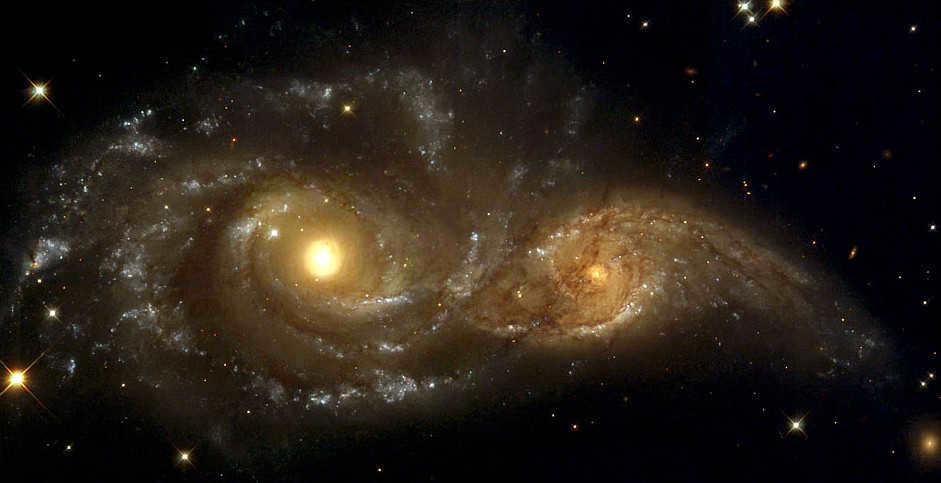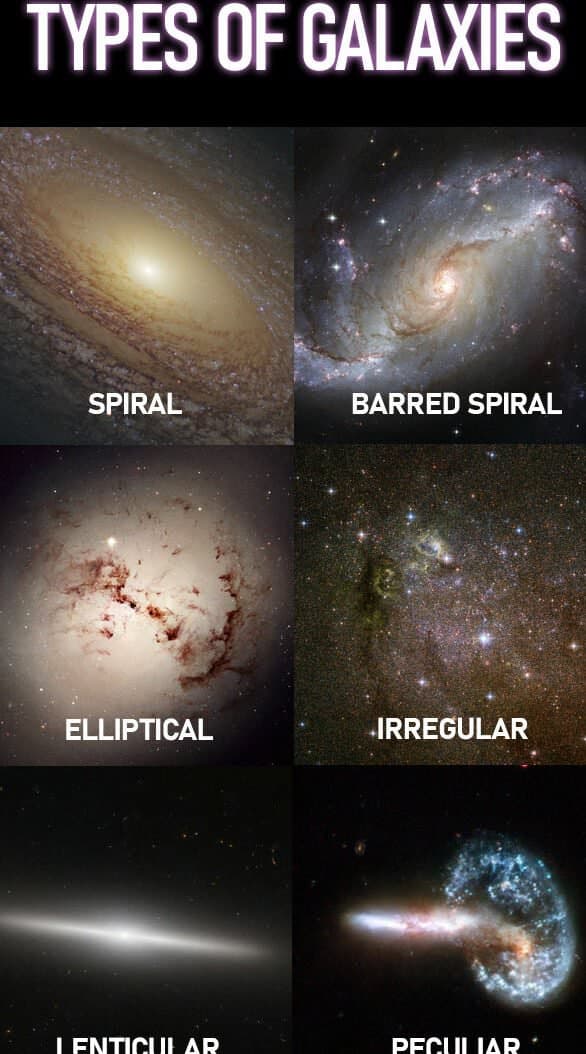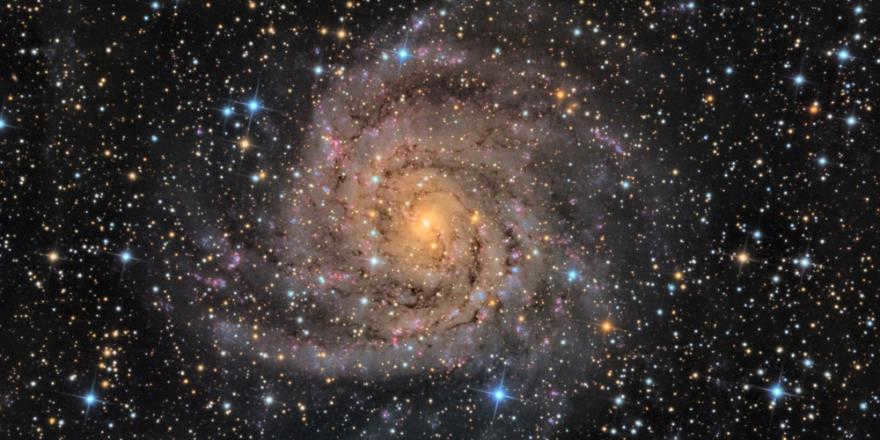

IC 342 is positioned at a distance of 11 million light years from our location. This galaxy is a member of the Free Group, together with several others. IC 342 has a low surface brightness and can be found in the Camelopardalis (Giraffe constellation), close to the plane of the Milky Way. As a result, it might pose a difficulty for amateur astronomers to recognize it, despite its graceful form. (Photo: Tony Hallas)
On the night of October 4, 1923, near Los Angeles, a young astronomer embarked on a journey to Mount Wilson. Upon reaching the observatory, he was greeted by the impressive 100-inch Hooker Telescope, which held the title of the world’s largest telescope at that time.
Edwin Hubble, a fourth-year astronomer at Mt. Wilson, was particularly fond of observing with the Hooker telescope. One of his main interests was studying spiral “nebulae,” enigmatic gas clouds that adorned the night sky. These ethereal formations puzzled scientists and remained a mystery. In the early 1920s, Hubble embarked on a mission to unravel their secrets.
With great excitement, he aimed his trusty telescope towards his most beloved target: a magnificent nebula located in the constellation of Andromeda, known as M31. This mesmerizing spiral formation could be faintly glimpsed by the human eye during a clear, moonless night. Determined to immortalize its beauty, he carefully captured its essence on a photographic plate. The outcome exceeded his wildest expectations, for within the image, he stumbled upon what appeared to be an entirely new celestial body – a star on the brink of a cataclysmic explosion. Eager to further investigate this extraordinary discovery, he returned to his equipment the following evening, hoping to capture the newfound star amidst improved atmospheric conditions. Little did he know, however, that fate had already blessed him with a second plate that would soon earn its place in the annals of scientific history.
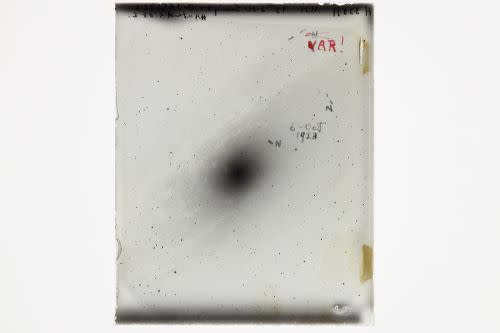
After completing his observations, he went back to his office to examine the “treasure.” All of a sudden, a surprising revelation dawned on Hubble: the fresh star was not just an ordinary star, but rather a unique kind of star that had undergone fluctuations in its luminosity, a Cepheid variable. Upon reviewing early records, he was able to validate this and comprehend the tremendous implications of the star’s dimness.
At Lowell Observatory in Arizona, in the year 1912, Slifer documented the rough speeds of spiral nebulae. Due to the efforts made by Hubble, it became evident that the cosmos was undergoing expansion – galaxies were ultimately drifting away from one another. Not only was the universe significantly more vast than earlier comprehended, but it was also persistently expanding as time progressed.
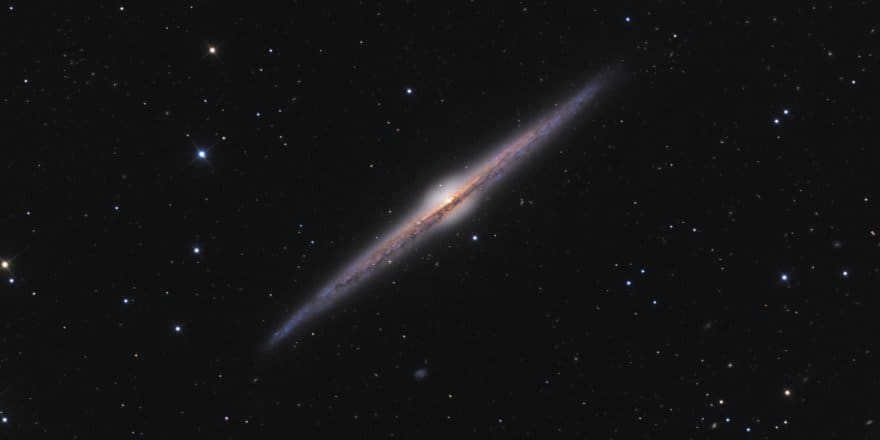
The brightest and most well-known galaxy in our sky is NGC 4565, also known as the Needle Galaxy, which is positioned perfectly at the edge of our line of sight. Its appearance resembles a thin, silver needle. Located approximately 57 million light-years away, it belongs to the Virgo cluster and exhibits a noticeable bulge in its center, indicating that it may be a spiral stripe.
By 1929, scientists had assembled a celestial image of the past. If you have been tracking the previous histories of numerous galaxies, it signifies that the universe originated from a compact, infinitely dense point. This investigation was an extension of the initial research conducted by Georges Lemaître, a Belgian astronomer. Astronomers comprehended this cosmic starting point, subsequently named the Big Bang, as the inception of the cosmos, and they estimated that it occurred billions of years in the past.
The expansion of the Big Bang caused galaxies to move away from each other, creating the illusion that the entire universe was tearing apart. During the 1930s, Hubble embarked on a study of galaxies, classifying them based on their distinct morphological types – the various structures that astronomers observed in photographs. Eventually, he created a diagram that represented the different types of galaxies he had observed. Hubble identified spiral galaxies, spiral galaxies with a linear “rod” of material running through their centers (referred to as jumper spirals), lenticular galaxies, and elliptical galaxies. Additionally, he recognized irregular galaxies, which were characterized by a lack of organized shape and consisted of clouds of stars and gas.

Subsequently, astronomers detected unique galaxies that appeared to have undergone explosive or destructive incidents. Additionally, they identified a vast array of galaxies known as dwarf galaxies. In the 1950s, French astronomer Gerard de Vaucouleur from the University of Texas expanded Hubble’s classification system to incorporate numerous observable characteristics of galaxies. De Vaucouleur devised a quasi-three-dimensional graph that illustrates the interrelationships between galaxies, affectionately referred to as the “Cosmic Lemon” due to its distinctive shape. Furthermore, De Vaucouleur elucidated the presence of matter rings within galaxies and provided estimations regarding the degree of spiraling exhibited by the galaxy’s arms, ranging from loose to tightly wound. Additionally, he included assessments regarding the characteristics of irregular and peculiar galaxies.
In the field of extragalactic astronomy, advancements have been made in analysis techniques beyond just cataloging. Utilizing the capabilities of the Hubble Space Telescope, astronomers have estimated that there are approximately 100 billion galaxies in existence within the cosmos. However, this number could potentially be even greater. It is believed that in the early stages of the Universe, there were around 2 trillion galaxies. Nevertheless, the gravitational forces between galaxies and the passage of cosmic time have caused nearby galaxies to be drawn towards each other and merge.
Despite the ongoing expansion of the Universe, it is likely that normal galaxies, such as our own Milky Way, are composed of a dozen or more protogalaxies that have combined to form larger systems. Evidence of these primitive clusters of matter, known as bluish protogalaxies, can be observed in the early Universe through images like those captured by the Hubble Ultra Deep Field.
The Milky Way
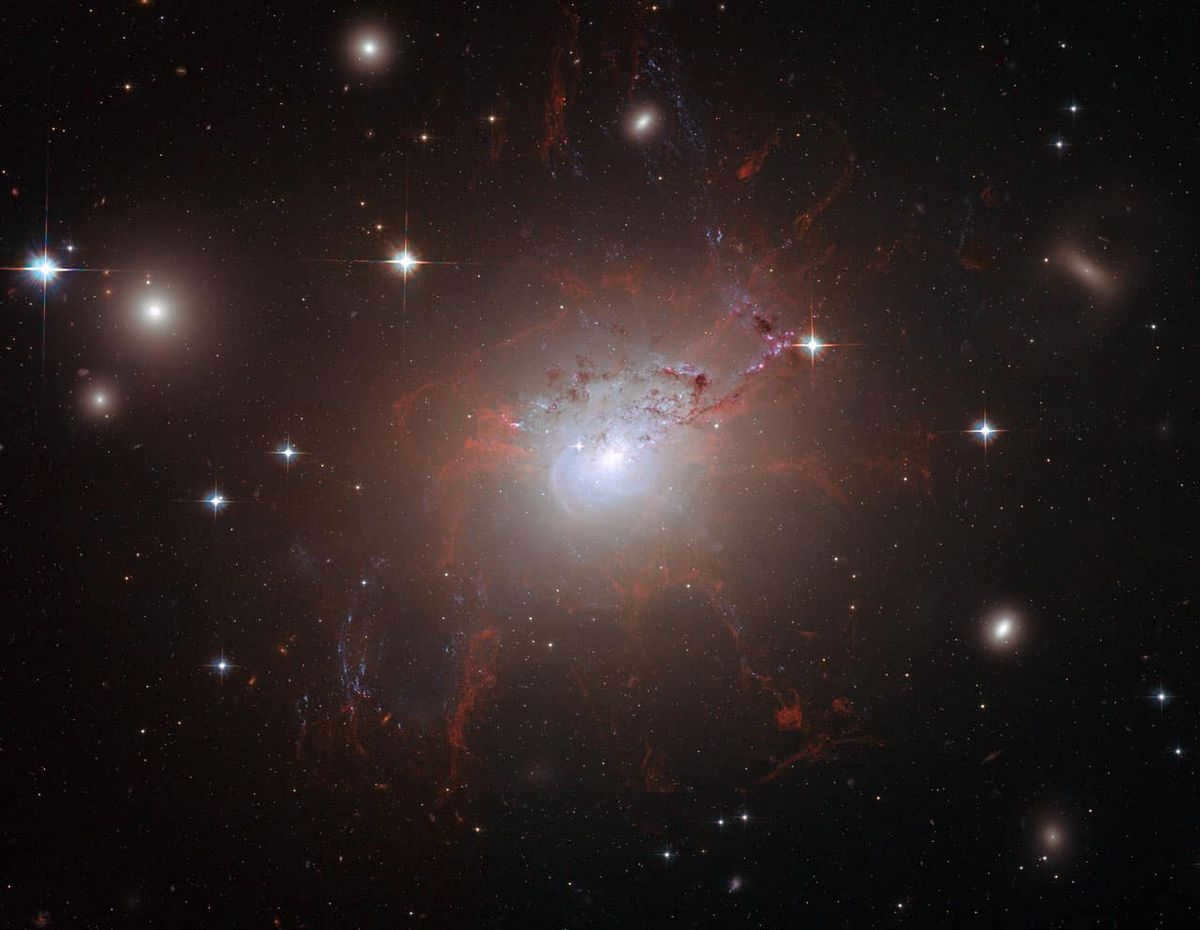

Perseus A, also known as NGC 1275, is a galaxy with an explosive behavior located at the heart of the Perseus Cluster, which consists of approximately 1,000 galaxies situated about 240 million light-years away. As the most prominent member of the Perseus Cluster, Perseus A is a Seyfertian galaxy featuring an active core fueled by a black hole weighing 340 million times the mass of the Sun (Photo: Hubble Legacy Archive, ESA and NASA)
However, it required them a staggering 2.5 million years at that velocity to arrive at our location from the Andromeda Galaxy. Remarkably, this particular entity is now virtually on our celestial threshold. Naturally, our understanding of our own galaxy dates back to ancient times in a rudimentary sense. The designation Milky Way originates from the Latin term lactea, which is derived from the original concept, the Greek expression galaxías kýklos, meaning “milky circle.”
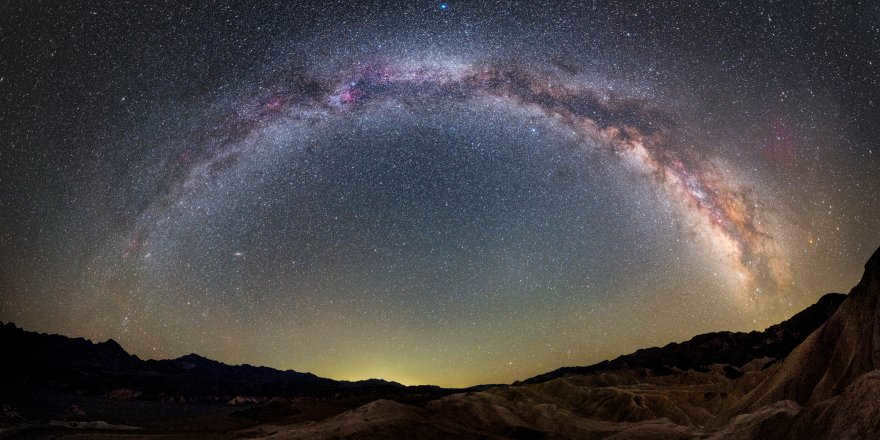

The streak of the Milky Way can be seen in our sky during summer and winter nights. This streak is composed of the light emitted by billions of stars that are positioned along the plane of our galaxy. However, it is only in recent years that we have come to realize that the Milky Way is just one of 100 billion galaxies in the entire universe. Its disk spans a distance of 100,000 light-years and is home to approximately 400 billion stars. The exact number is difficult to determine as dwarf stars are dim and challenging to observe from far distances. For many years, astronomers held the belief that the Milky Way was a straightforward spiral galaxy.
However, studies conducted in recent times have revealed that the Milky Way is actually a spiral galaxy with a distinct shade. Furthermore, it has been determined that our sun and solar system are positioned approximately 26,000 light-years away from the galactic center, specifically in one of its arms. The Milky Way consists of a luminous and slowly rotating disk comprised of stars and gases, where the majority of the stars visible to us are located. Our sun completes a full revolution around the center of the galaxy every 220 million years, indicating that since the formation of our solar system, we have completed approximately 20 revolutions around the galactic center.
In the center of the galaxy, far away, there exists a supermassive black hole with a mass that is approximately 4.3 million times greater than that of the Sun. Recently, scientists have made a discovery that supermassive black holes are common in the centers of galaxies. They can be found in almost all galaxies, except for dwarf galaxies. Surrounding the disk of a galaxy, there is a halo containing a small number of stars. Additionally, there are massive globular star clusters and a large shell of dark matter. The composition of dark matter is still unknown to astronomers, but its presence is evident due to its gravitational effect on visible matter.
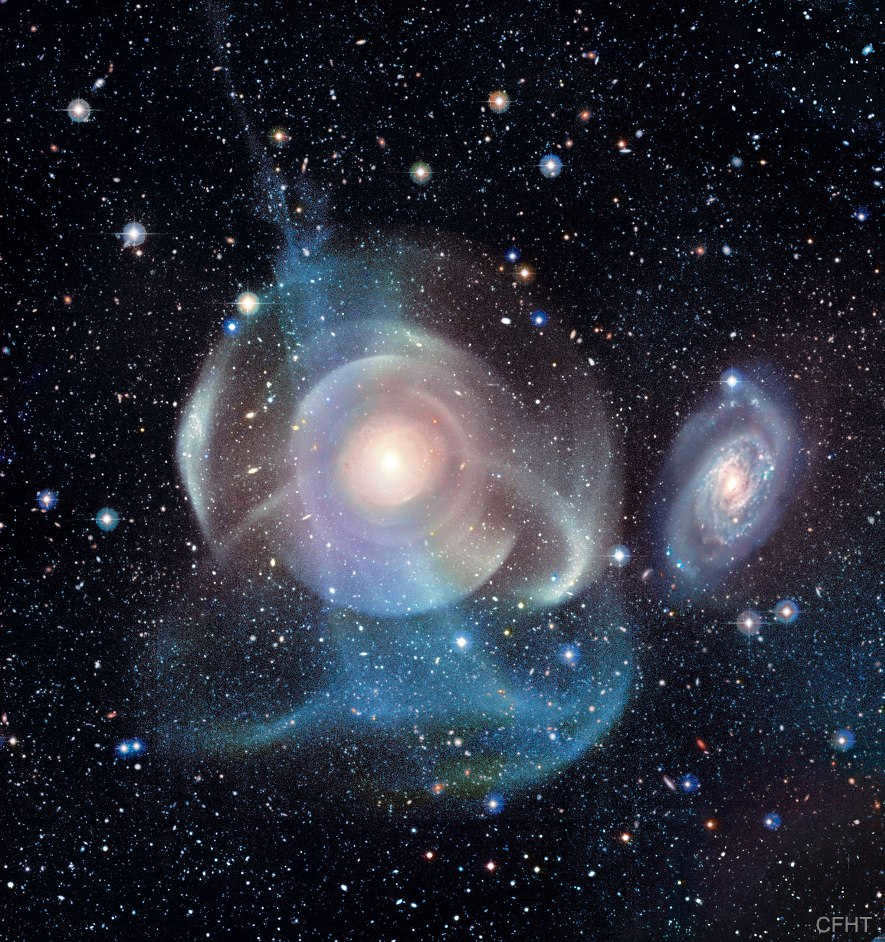
The elliptical galaxy NGC 474, located in the constellation Pisces, is shrouded in mystery and distortion. Situated 100 million light-years away, it is accompanied by its neighboring spiral galaxy NGC 470 positioned directly above it. Surrounding NGC 474 are numerous shells and tidal tails, which have been formed as a result of its interactions with nearby galaxies and the propagation of density waves through the interstellar medium. This colossal celestial entity spans an impressive 250,000 light-years and boasts a diameter that is two and a half times larger than that of our very own Milky Way (Photo: P-A. DUC (CEA, CFHT), ATLAS 3D Collaboration)
The Milky Way is not the only galaxy in the vast expanse of the universe. It belongs to a cluster of at least 54 objects known as the Local Group of galaxies, a term coined by Hubble to describe this collection of celestial bodies in our immediate vicinity. The key constituents of the Local Group include the Milky Way, the Andromeda Galaxy, and the Spiral Galaxy (M33). Nevertheless, each of these three grand spirals is accompanied by a cluster of companion galaxies.
The Milky Way has companions like the Large and Small Magellanic Clouds, which can be seen without the aid of a telescope in the Southern Hemisphere, as well as numerous small galaxies. The Local Group spans approximately 10 million light-years across, making it around 100 times larger than the Milky Way. As we venture deeper into the cosmos, we come across even more instances of these 100 billion galaxies. These awe-inspiring collections of stars and gas are found in groups like our Local Group, as well as in larger clusters and immense superclusters.
Despite the overall expansion of the Universe and the resulting movement of most galaxies away from each other, gravity acts as a force that keeps a smaller number of galaxies bound together during their cosmic journeys. One such group is our local group, which is a part of the well-known Virgo cluster of galaxies. The Virgo cluster gets its name from its central location in the constellation Virgo as seen from Earth. Situated approximately 54 million light-years away from our planet, the Virgo cluster is home to a minimum of 1,500 galaxies. If you observe the core of the Virgo cluster through a basic telescope, you will be able to see some of the brightest galaxies forming a chain known as the Markarian chain.
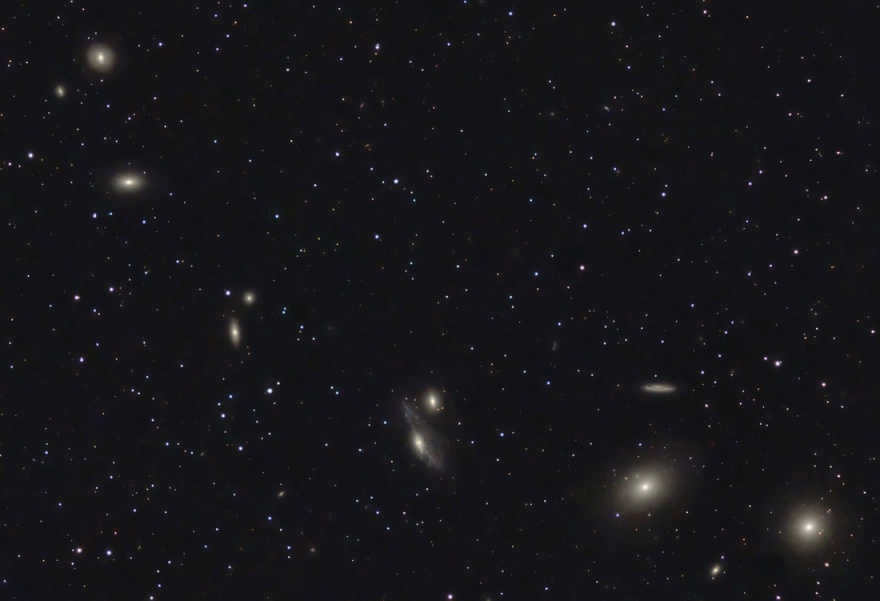
Superclusters of galaxies
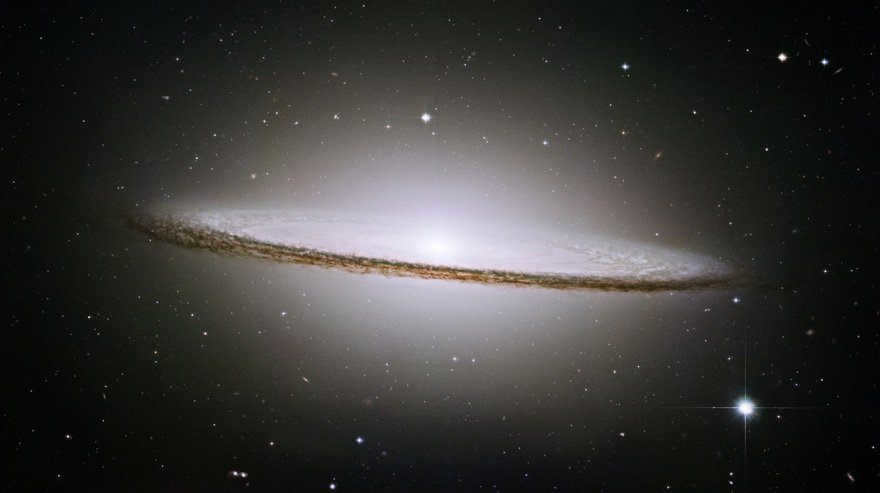
The Sombrero Galaxy (M104) in Virgo is considered to be one of the most magnificent galaxies in the far reaches of the sky, and many individuals often compare its appearance to that of a UFO. This remarkable celestial object is comprised of a substantial rotating disk that is accompanied by a prominent ring of dust, all surrounded by a luminous aura of gas and stars. Situated at a distance of 43 million light-years away, it is approximately half the size of our own Milky Way galaxy, with a diameter measuring 49,000 light-years (Photo: NASA and the Hubble Legacy Team (AURA / STScI))
A group consisting of 1500 galaxies is impressive, but there are even larger assemblages of galaxies out there. The Virgo Cluster is just a part of the much larger Virgo Superscale, which encompasses thousands of galaxies. Within the Virgo Superscale, we have our very own Milky Way, the Local Group, the Virgo Cluster, and a grand total of approximately 100 galaxy groups and clusters. This mind-bogglingly vast structure spans an incredible distance of 110 million light-years and is just one of the 10 million superclusters that comprise the entirety of the cosmos.
Despite the vast multitude of galaxies present in the Virgo Superscope, scientists have discovered that the majority of this volume is actually devoid of matter. These expansive voids span tens to hundreds of millions of light years in diameter. Chains of galaxies gracefully weave their way through these dark, empty spaces. On a grand scale, clusters and superclusters of galaxies resemble clusters of soap bubbles, enveloping the surfaces and voids that exist in between.
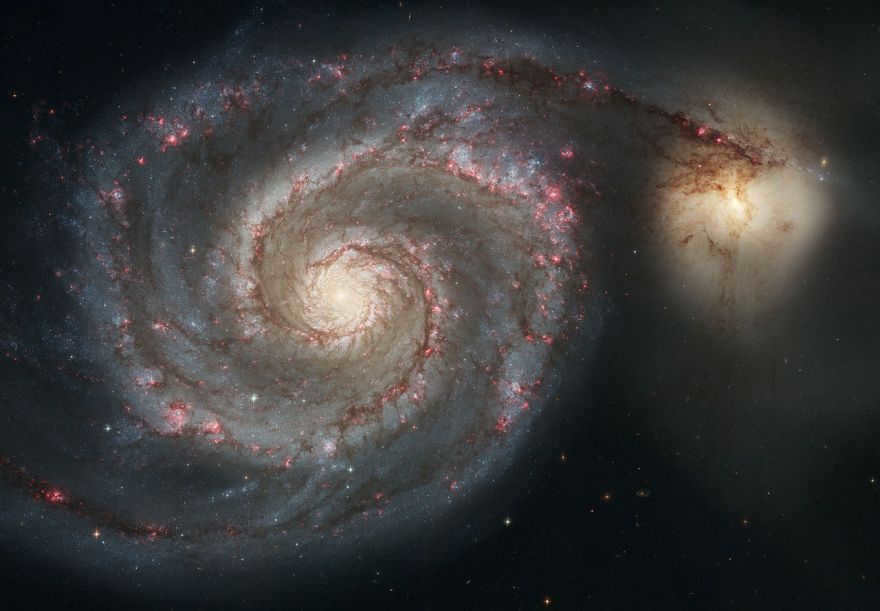
The Whirlpool Galaxy, also known as Messier 51, is a galaxy located near the Big Dipper in the constellation Venatici Cane. It is the primary object of observation for the telescope. The Whirlpool Galaxy is accompanied by the smaller NGC 5195, which exerts gravitational force on one of its spiral arms. This galaxy pair is situated 23 million light-years away, with the disk of M51 spanning 60,000 light-years. (Photo: Tony Hallas)
In the late 1980s, astronomers made a significant discovery known as the Great Wall, a vast collection of galaxies spanning 500 million light-years. Sloan’s Great Wall is a cluster of galaxies located approximately 1.4 billion light-years from us. As scientists continued to explore the cosmos, they noticed a peculiar phenomenon: a massive object appeared to be exerting gravitational pull on the local universe, drawing us toward the southern constellations Triangulum Australe and Norma.
Scientists were initially perplexed by an enigmatic phenomenon known as the Great Attractor, which is situated approximately 200 million light-years from Earth. However, further investigation revealed the existence of an even more massive gravitational force drawing us in that direction. This colossal entity, dubbed the Shepley Superscope, is located 650 million light-years away and boasts the highest density of galaxies within our immediate cosmic vicinity.
The grand panorama
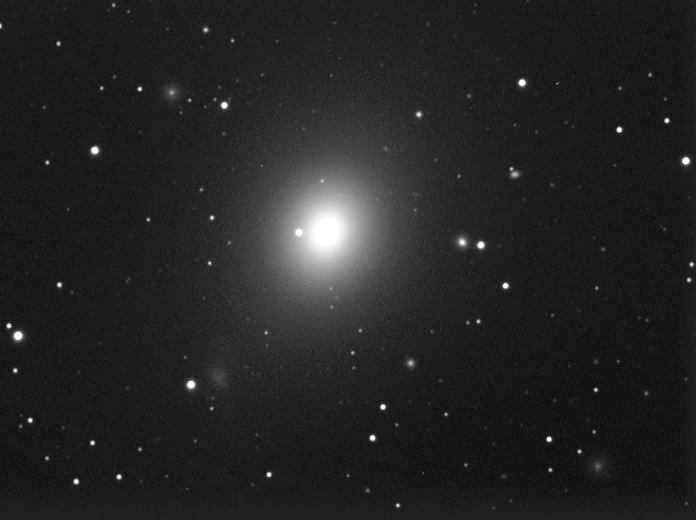
In 2014, scientists made some unexpected findings. They used a more advanced method to analyze the movements of galaxies and discovered a new supercluster. This supercluster, known as Laniakea, was named after the Hawaiian word meaning “vast heavens.” Laniakea, also referred to as the Local Supergroup, is composed of approximately 100,000 galaxies, including the Milky Way and the Local Group.
Laniakea is an enormous cluster in which all its members move together through space. However, not all galaxies within the supercluster are held together by gravity. Over time, some galaxies will separate from the rest of the cluster.
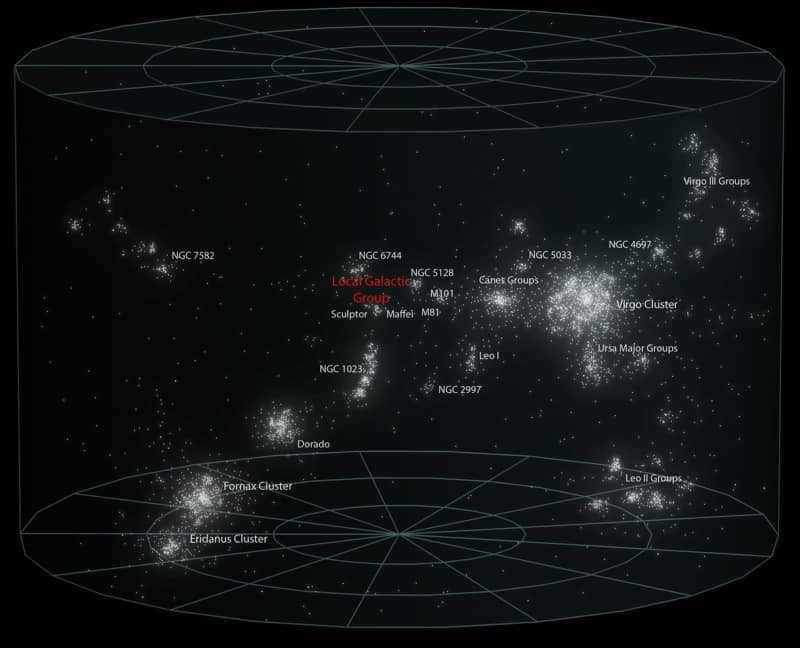
Map of the Virgo Supercluster
The Laniakea Superscale is composed of four primary parts – the Virgo Superscale, the Hydra-Centaurus Superscale, the Peacock-Indian Superscale, and the Southern Superscale. In total, there are approximately 500 galaxy clusters and groups within Laniakea. Additionally, surrounding Laniakea in the nearby universe are other galaxy superclusters, including the Shepley supercluster, the Hercules supercluster, the Coma supercluster, and the Perseus-Pisces supercluster.
Every one of these constructions comprises numerous assemblages of galaxies and is linked by a network of cosmic structure resembling fabric. Astronomers have found proof of structures that are even more immense than the superclusters since the 1980s. Initially, these objects, now referred to as large quasar groups (LQGs), perplexed astronomers. In 1982, Adrian Webster, a Scottish astronomer, discovered the Webster Large Quasar Group, which consisted of five quasars, or black holes that are actively consuming matter, spanning over 330 million light-years. Currently, about twenty-four LQGs have been identified.
A galaxy is a massive assemblage of gas, particles of dust, and countless stars and solar systems.
Gravity, just like in the entire universe, is the force that keeps a galaxy intact. The Milky Way, the galaxy that Earth calls home and is observable from the northern hemisphere, harbors a sizable black hole right at its core.
When you gaze at the stars during the nighttime, you are actually looking at other stars within this galaxy. If the environment is pitch black, you might even be able to observe the hazy streaks of the Milky Way in the sky.
There are three different kinds of galaxies: elliptical, spiral, and irregular. Spiral galaxies have a round symmetry, a bright core surrounded by a thin outer disk, and a spiral pattern that overlaps. They are divided into two categories: regular spirals and junction spirals. Regular spirals have arms that extend outwards from the core, while spirals with a junction feature a bright linear structure called a junction that spans the core, with branches extending from the ends of the junction.
The core of a spiral galaxy is a pointed area with a smooth texture that can be very small or, in some cases, can encompass the majority of the galaxy. They lack any noticeable symmetry or central nucleus, and they tend to have a bluer hue compared to the arms and disks of spiral galaxies.
Elliptical galaxies are characterized by their elliptical shape. They typically have a larger population of old stars compared to spiral galaxies.
If you have an interest in concepts like the galaxy, solar system, and other space-related things, and want them to influence the names of your pets or babies, here is a collection of 121 names inspired by the galaxy for your loved ones.
There are numerous cool names inspired by the galaxy, such as Leo, Taurus, Atlas, Titan, Adhara, Alf, or space-themed names like Orion, Moon, Andromeda, Comet, Nova, and many more words just waiting for you to discover and choose as your favorites. These galaxy-inspired names refer to planets, galaxies, as well as Roman and Greek gods like Helios, who are considered the deities of the heavens.
The universe is incredibly vast. It would take a modern jet airplane over a million years to reach the nearest star to the sun. Even if traveling at the speed of light, it would still take a million years to cross our Milky Way galaxy alone.
There are more stars in the Universe than there are sand grains on all the beaches of Earth.
The Universe lacks a central point and is continuously expanding with each passing second.
Due to the absence of an atmosphere on the Moon, there is no wind to erode the surface and no water to wash away footprints. Consequently, the footprints of Apollo astronauts, space footprints, and rover footprints will endure for millions of years.
Astronomers have made a remarkable discovery of an enormous cloud that holds a mass 140 trillion times greater than that of water in Earth’s oceans. This represents the most extensive reservoir of water ever found.
Venus holds the distinction of being the hottest planet in our solar system, with an average surface temperature of approximately 842 F (450 C).
The Sun constitutes 99% of the total mass of our solar system, dwarfing Earth’s mass by a factor of about three million.
There are approximately three trillion trees on Earth and a galaxy that contains about 100-400 billion stars. The planet Venus takes 243 Earth days to complete a full rotation.
Within our known universe, there exists a planet that is twice the size of Earth and is composed primarily of diamonds. This planet, also known as 55 Cancri e or “Super Earth,” is believed to be made up of graphite and diamond materials.
Greek mythology serves as a significant source for naming galaxies. Discover the ideal Greek mythological names for both boys and girls.
Looking for a unique name inspired by the beauty of galaxies for your baby girl? Discover this collection of galaxy-inspired names that are full of meaning and cosmic significance!
Adhara (of Greek origin), which means “the second brightest star in the constellation of the Dog,” is a wonderful choice for a girl’s name.
Elia (of Greek origin), meaning “sun,” is an incredibly lovely name.
Amalthea (of Greek origin), which means “moon of Jupiter” or, according to Greek mythology, “the nymph who nursed the baby Zeus,” is a captivating option.
Andromeda (of Greek origin), meaning “Ethiopian princess,” was famously rescued by the prince Perseus.
Ariel (of Greek origin), meaning “moon of Uranus,” is a truly beautiful name for your little one.
Acella (of Greek origin), which means “the third brightest star in the constellation of Sagittarius”.
Astra (of Greek origin), which means “star”, is an adorable name.
Aurora (of Latin origin), which means “dawn”, is also the goddess of dawn.
Bianca (of Greek origin), which means “moon of Uranus”, also means “white” in Italian.
Calypso (of Greek origin), which means “moon of Saturn”, is a unique name.
Celeste (of Italian origin), which means “celestial”, also means “sky”.
Chanda (of Hindu origin), which means “moon goddess”, is a beautiful name.
Cordelia (of Greek origin), which means “moon of Uranus”.
Elara is a Greek name that means “Jupiter’s moon.”
Halley is a beautiful name of Greek origin that means “comet.”
Helia is a Greek name that means “daughter of the god Helios and one of the helipads.”
Hilal is a Turkish name that means “crescent moon.”
Juliette is a stunning name of Greek origin that means “Uranus’s moon.”
Larissa is a Greek name that means “Neptune’s moon.” Since Neptune is the last planet in the solar system, it’s a fantastic choice.
Leda is a short Greek name that means “Jupiter’s moon.”
Libra is a Greek name that means “constellation” and is shaped like a measuring scale.
Luna is an Italian name that means “moon” or “moon goddess”.
Lyra is a Greek name that means “constellation containing the origin of Vega”.
Miranda is a Greek name that means “moon of Uranus”.
Nashira is a Greek name that means “the brightest beginning in the constellation Capitoria”.
Ophelia is a Greek name that means “moon of Uranus”.
Pandora is a Greek name that means “moon of Saturn” and it is a beautiful name.
Phoebe is a Greek name that means “moon of Saturn” and it is a very popular name.
Portia is a Greek name that means “moon of Uranus”.
Stella is an elegant name of Italian origin, which means “star”.
Unique Galactic Names for Boys
These names are meaningful and special, making them a great choice for your baby boy.
Aliot is a traditional Arabic name that represents the beginning of Epsilon.
Altair is a Latin name that means “star in the Eagle constellation”.
Apollo is a Greek name that signifies the sun god and is a wonderful choice for boys.
Arche is a Greek name that means “moon of Jupiter”.
Aries is a Greek name that signifies “constellation”.
Astrophel is a Greek name that means “star lover”.
Aton (originating from Egypt), which means “sun god,” is a suitable name for boys.
Atlas (originating from Greece), which means “the titan whom Zeus punished to support the sky on his shoulders,” would be a wonderful name for a child as mighty as Zeus’ son.
Castor (originating from England), which means “star of Gemini,” is a great name for boys. The name is inspired by the Gemini constellation, which is visible in the night sky.
Cielo (originating from Italy), which means “sky,” could be one of the celestial names for dogs.
Cosmo (originating from England), which means “universe.”
Cosmos (originating from England), which means “universe.”
Cupid (originating from Rome), which means “son of Venus.”
Deimos (of Greek origin), which means “moon of Mars”.
Isar (of Basque origin), which means “star”, is a good name for boys.
Jupiter (of Latin origin), which means “largest gas giant”.
Kuiper (of Dutch origin), which means “asteroid belt”.
Leo (of Latin origin), which means “constellation”, is a good name for boys.
Mars (of Roman origin), which means “third planet”.
Mercury (of Roman origin), which means “first planet from the sun”.
Oberon (of Germanic origin), which means “moon of Uranus”.
Orion (of Greek origin), which means “Greek hunter”.
Perseus (of Greek origin), which means “constellation,” is a great choice for a boy’s name.
Phoenix (of Greek origin), meaning “a creature consumed by fire and rising on its own every 500 years.”
Pluto (of Roman origin), which translates to “dwarf planet.”
Rigel (of Arabic origin), meaning “the star that is the left leg of the Orion constellation.”
Sirius (of Greek origin), meaning “bright beginning in the big dog,” is a good name for boys.
Sol (of English origin), which means “sun.”
Taurus (of Latin origin), meaning “constellation of the zodiac.”
Titan (of Greek origin), meaning “Saturn’s largest moon,” is a great choice for a boy’s name.

Unique Names Inspired by the Galaxy for Your Beloved Canine Companion
How adorable would it be to give your dog a name that is out of this world? Naming your furry friend after something celestial is not only cool but also one-of-a-kind!
Adhara (originating from Arabic), which means “virgin,” would make a fantastic moniker for your beloved pet.
Alf (originating from Greek), which is the first letter of the Greek alphabet, is a shortened version of the name “Alpha” and would be a perfect fit for your furry companion.
Algol (originating from Arabic), which refers to “an early high-level computer programming language developed to perform scientific calculations.”
Antares (originating from Greek), which means “rival of Ares.”
Antila (originating from Finnish), named after the island of Phantom.
Apus (originating from Greek), which means “exotic bird,” is a popular choice for naming your pet.
Aquila. (originating from Greek), meaning “man with keen eyes.”
Canopus (originating from Greek), meaning “land of gold.”
Carina (originating from Italian), meaning “beloved,” is a suitable name for your pet.
Cordelia (originating from English), meaning “daughter of the sea god.”
Cosmos (originating from Greek), meaning “order or beauty.” It’s a great name for a boy.
Cressida (originating from Greek), meaning “gold,” is a well-known choice for naming your pet.
Cupid (originating from Latin), meaning “passionate desire,” is a good name for your pet.
Draco is a name of Latin origin that means “dragon or serpent.”
Drake is a name of English origin that means “snake or dragon.”
Dreyer is a name of Scandinavian origin that means “wood or bone turner.”
Elara is a name of Greek origin that means “cheerful or happy.”
Galileo is a name of Latin origin that means “Galilee,” which is a region in northern Israel.
Helen is a name of Greek origin that means “shining light.”
Janus is a name of Latin origin that means “Roman god of the gate, Time.”
Kepler is a name of Greek origin that means “hood maker,” and it is a good name for your pet.
Lacey is a name of English origin that means “merry or unrestrained,” and it is a good name for your pet.
Orion is a word of Greek origin that means “boundary or limit.”
Polaris is another Greek-origin name that means “polar origin.” It is a famous name dedicated to the north star.
Quasar is a word of Arabic origin that means “meteorite.”
Rhea is a Greek-origin name that means “flowering brook.”
Rigel is a Greek-origin name that means “left foot.”
Roche is a name of Irish origin that means “one who lived a rocky riot.”
Titania is a Greek-origin name that means “giant.” It is a good name for your pet.
Tyson is a Greek-origin name that means “elevated spirit.” It is a good name for your pet.
Unique and Fascinating Names for Galaxies
Here is an exclusive compilation of captivating names for galaxies, focusing on the 51 local galaxies that have been discovered so far! Each galaxy possesses its own distinct characteristics. Some galaxies exhibit a mesmerizing spiral shape with arms that resemble a fidget spinner, while others showcase an elegant oval structure, known as elliptical galaxies. Additionally, there are galaxies that do not conform to the spiral or oval patterns. It is from these galaxies that stars emit the radiant light that captivates our gaze.
The Andromeda galaxy (with its origins rooted in Greek mythology) holds the meaning “leader of men.” It stands as the closest galaxy to our very own Milky Way.
Galactic Antennas (derived from Greek) symbolizes the concept of “sailing yard” and intriguingly resembles the delicate antennae of insects.
The Reverse Galaxy (originating from English) allures with its unique characteristic of appearing to spin in a backward motion.
The Black Eye Galaxy (originating from English) is also renowned by the name “the evil eye,” invoking a sense of mystique and intrigue.
Bode galaxy (derived from Greek), which means “messenger,” was named in tribute to John Ehlert Bode.
Butterfly galaxies (originating from English) bear a resemblance to butterflies.
Cartwheel galaxy (originating from English) takes the form of a wheel with spokes.
The cigar galaxy (derived from Greek) has the shape of a cigar.
Circular galaxy (derived from Greek), is also known as a “compass.”
The spinning coma galaxy (derived from Greek) resembles a fidget spinner galaxy.
The comet galaxy (derived from Greek) possesses a highly unusual appearance.
Cosmos Redshift 7 (derived from Greek) stands out as one of the most luminous galaxies.
Eye of Sauron (derived from Greek) is reminiscent of the eye of Sauron from The Lord of the Rings.
The Galaxy of Fireworks (originating from English) displays a vibrant and dazzling appearance.
Hoga object (originating from Greek), which means “wise man”, is named after Art Hoge.
Hockey stick galaxies (originating from Greek) have a shape resembling that of a hockey stick.
The Large Magellanic Cloud (originating from Greek) is named in tribute to Ferdinand Megallan.
The Lindsay-Shepley Ring (originating from Greek) is named in tribute to Eric Lindsay.
Malin 1 (originating from Greek), which means “powerful warrior”, is named in tribute to David Malin.
Mayall’s object (originating from Greek) is named in tribute to Nicholas Mayall.
Medusa confluence (originating from Greek), meaning “guardian”, belongs to the constellation of the Big Dipper.
Mouse galaxies (of English origin) resemble a mouse in appearance.
The Milky Way (of English origin) is composed of the sun and the solar system.
The Needle Galaxy (of English origin) exhibits a slender form.
The Sculptor Dwarf Galaxy (of Greek origin) is a satellite of the Milky Way.
The Sculptor Galaxy (of Greek origin) is also known as the silver coin galaxy.
The Small Magellanic Cloud (of Greek origin) belongs to the constellation Tucana.
The Sombrero Galaxy (of Greek origin) is named after its resemblance to a sombrero.
The Sunflower Galaxy (of English origin) bears a resemblance to a sunflower.
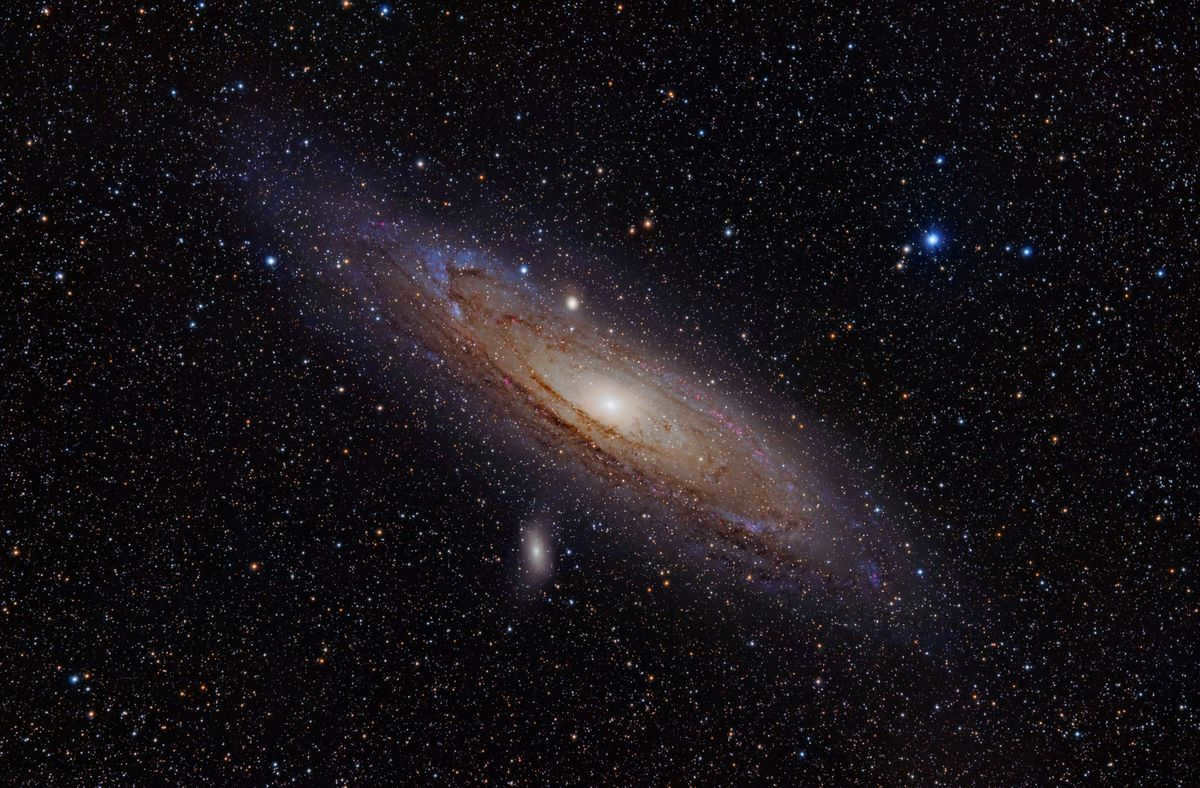
In the past, there was a widespread belief that the Earth occupied a central position in the universe, with all other celestial bodies orbiting around it. However, this notion has been proven false. We now understand that our solar system is just a minuscule component of a colossal galaxy known as the Milky Way. In comparison to the vast expanse of the universe, the Milky Way is both enormous by Earth’s standards and infinitesimally small.
To comprehend the immense magnitude of the galactic dimensions, it suffices to consider a modest illustration. The diameter of the Sun exceeds that of the Earth by over a hundredfold. However, when juxtaposed with the vastness of the galaxy, this discrepancy becomes utterly inconsequential. The ratio between them is akin to comparing the minuscule dot at the conclusion of this sentence to an entire continent. Furthermore, the Universe is teeming with innumerable galaxies, and they are not in close proximity to one another. Moreover, each of these galaxies possesses its own distinct characteristics.
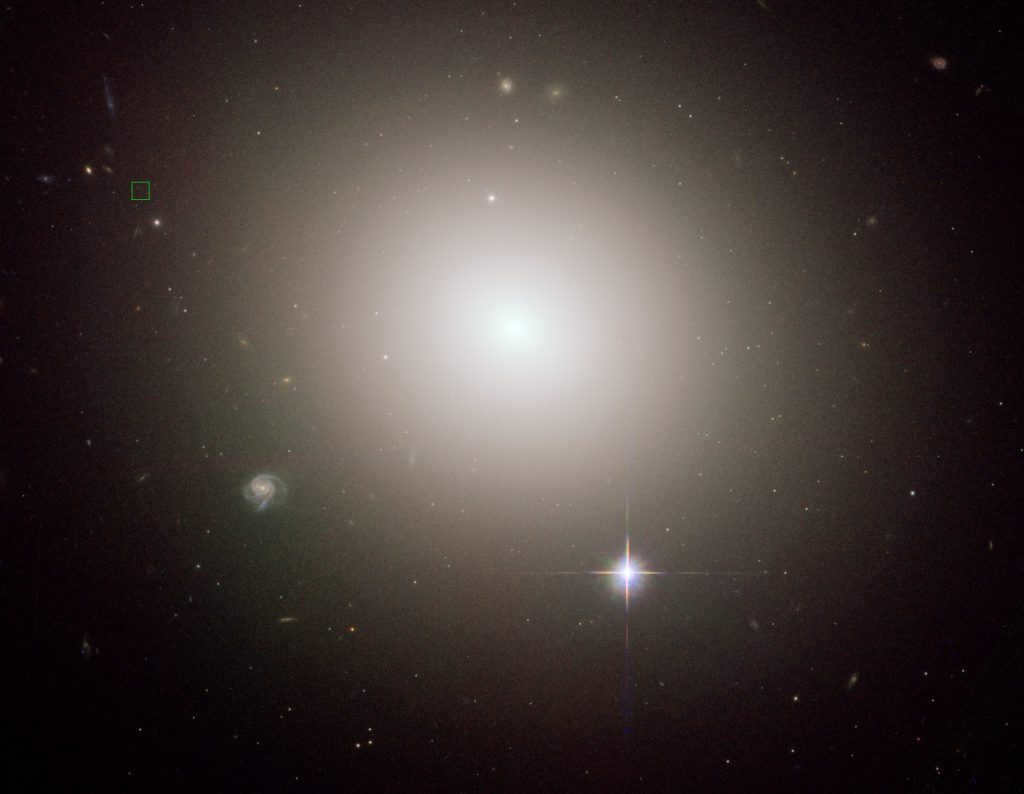
Despite their name, elliptical galaxies do not always have an elliptical shape. They can range from elongated to nearly circular, as seen in the photo of NGC1404. These galaxies also exhibit a gradual decrease in brightness from the center to the edges. Unlike spiral galaxies, elliptical galaxies contain very little gas and dust, which are the primary components for star formation. Instead, they are predominantly composed of red and yellow giants and dwarfs, with occasional clusters of faint white stars.
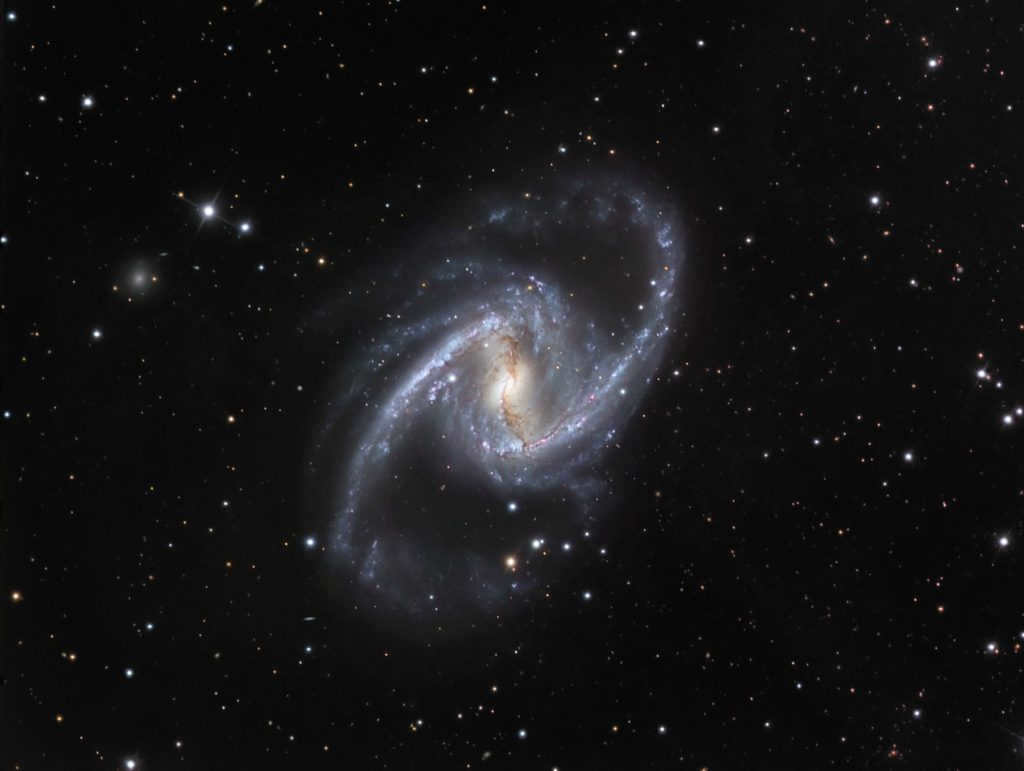
NGC 1365, a spiral galaxy featuring a junction (Photograph: ESO/IDA/Danish 1.5 m/ R. Gendler, J-E. Ovaldsen, C. Thöne, and C. Feron) – NGC 1365, a spiral galaxy with a junction
Spiral galaxies are known as a “cosmic nursery” for stars, in contrast to elliptical galaxies. The process of star formation is particularly active in the spiral arms. However, there are also older stars present in these galaxies. Some of these older stars can be found in the central region, which is a bright elliptical structure known as a bulge. Others are scattered throughout the spherical halo that surrounds the bulge and the arms. Many observed spiral galaxies have elongated bars of bright stars extending from their centers. A prime example of this is our own Milky Way galaxy. Astronomers believe that these bars play a role in stimulating star formation by allowing gas from the spiral arms to pass through them. Over time, these bars may dissipate, transforming the galaxy into a more typical spiral galaxy.
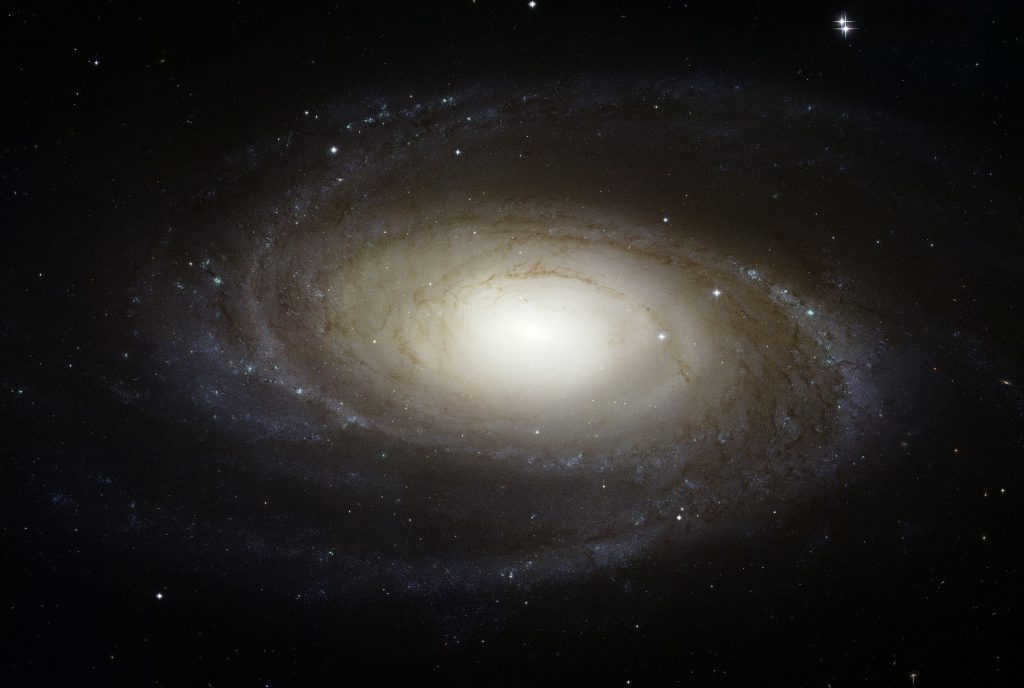
When observed from a distance, a spiral galaxy appears as a flat disk when viewed from the side. In some ways, the ancient people were correct in believing that we inhabit a disk. However, they were mistaken about the scale (NASA, ESA and the Hubble Heritage Team (STScI/AURA).
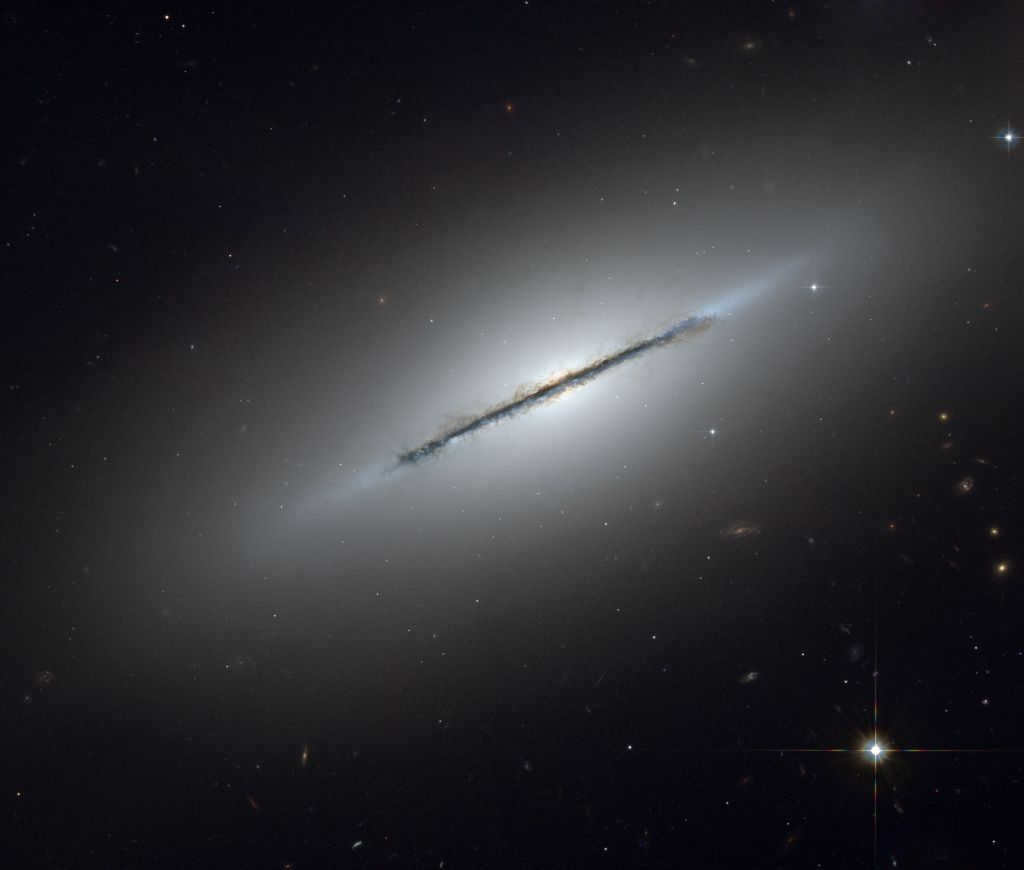
NGC 5866 (NASA, ESA, and The Hubble Heritage Team (STScI/AURA))
Lenticular galaxies arise from spiral galaxies when they deplete or shed the majority of their interstellar material. These galaxies possess characteristics from both previous types. Much like spiral galaxies, they have a disk-like shape, making it challenging to distinguish between the two. Nevertheless, similar to elliptical galaxies, lenticular galaxies consist mainly of aged stars. The formation of new stars is infrequent due to insufficient interstellar matter.
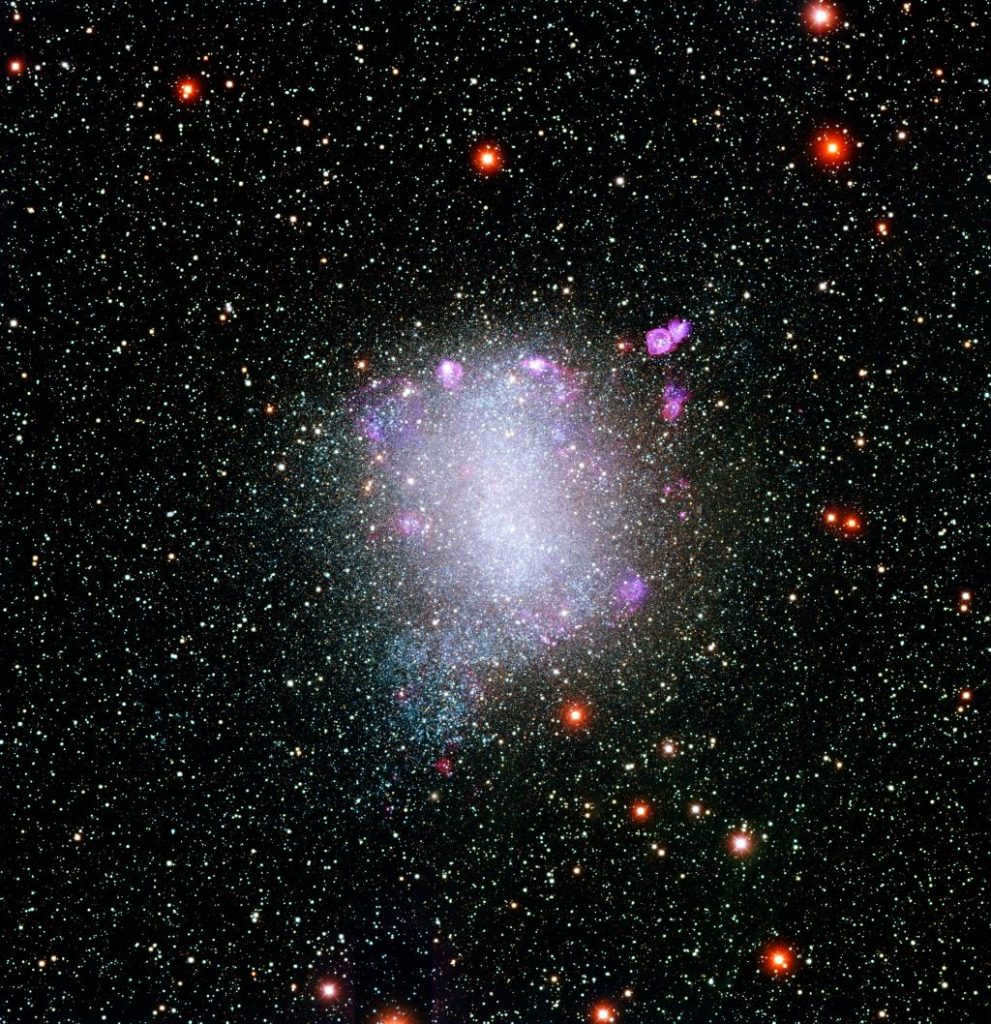
Barnard’s galaxy displays irregularity, but with a convergence!
Around twenty-five percent of all observed galaxies exhibit irregularity (irregular) – making their classification ambiguous. In certain galaxies, we can discern a semblance of prior structure, while in others, the stars are arranged in complete chaos. Irregular galaxies typically arise from the collision of two galaxies. Occasionally, galaxies lack a distinct structure not due to external influences, but because they have yet to fully form – in these galaxies, the majority of stars are significantly younger than our Sun.
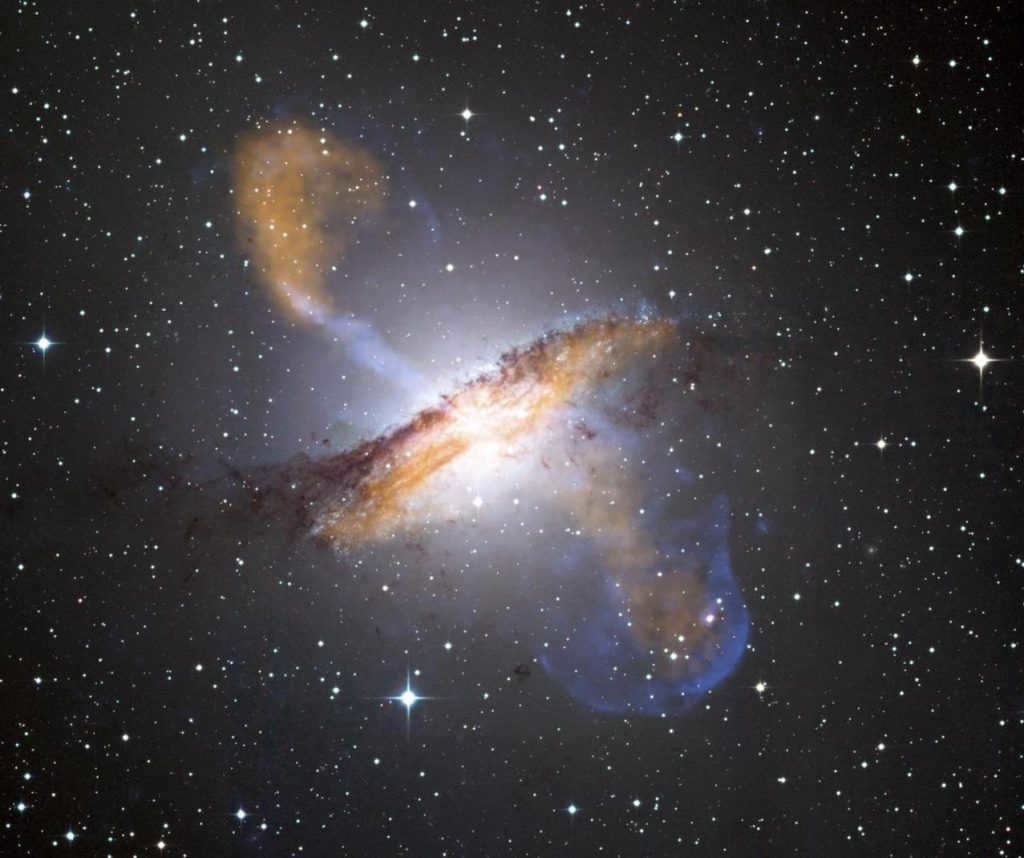
The Centaurus-A galaxy is the lone elliptical galaxy that incorporates spiral components. According to astronomers, the spiral fragments are nothing more than remnants of the assimilated spiral galaxy (photo: ESO/WFI (Optical); MPIfR/ESO/APEX/A.Weiss et al. (Submillimetre); NASA/CXC/CfA/R.Kraft et al. (X-ray))
World-Ring
can be rephrased as
Global-Circle
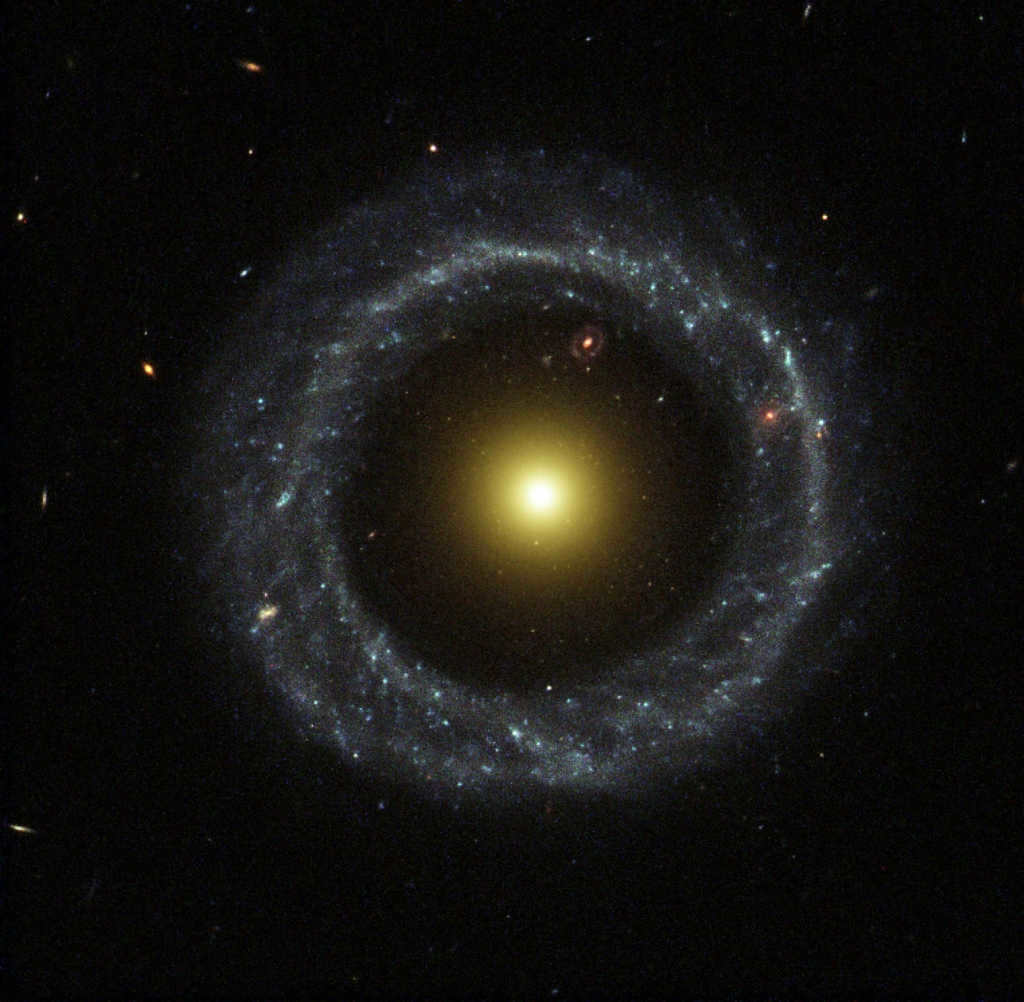
For a considerable period of time, astronomers who were accustomed to meticulous bookkeeping and categorization were confounded when they stumbled upon the creation of the Hoga Object in the constellation of the Serpent. The presence of a core comprised of aged yellow stars within this galaxy, surrounded by a perfectly symmetrical ring composed of youthful blue stars, left these researchers initially assuming that these two components were unrelated. However, they eventually devised a distinct classification for ring galaxies, of which the Hoga Object is one example. Interestingly, it is not the sole representative of its kind – upon closer inspection of the photograph, another galaxy of identical nature can be discerned in the distance.
The sizes of galaxies are incredibly varied. The most colossal of the galaxies that have been found thus far is IC 1101, which is shaped like a lens and is located in the Abell 2029 cluster. It has a diameter of approximately 6 million light-years, meaning that it would take light from its center to travel to its outskirts for 3 million years. The second largest galaxy, Hercules-A, is four times smaller than IC 1101, but its mass is still a thousand times greater than that of our galaxy. NGC 262, the third largest galaxy, is slightly smaller than Hercules-A, with a diameter of 1.3 million light-years.
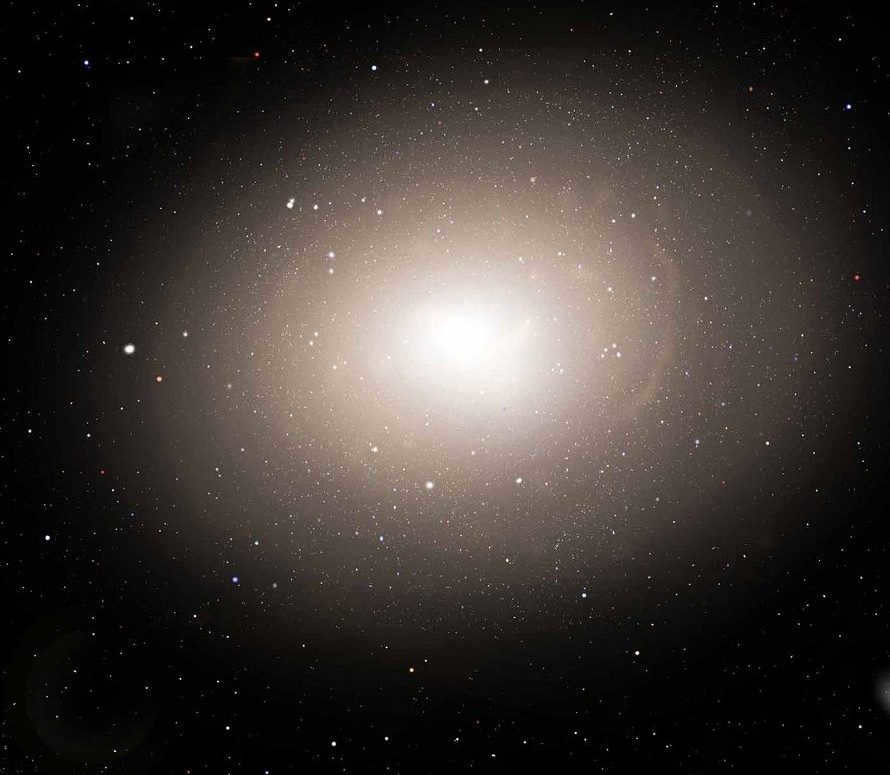
An image capturing the beauty of six million light-years away has been taken by David A. Aguilar (CfA).
Scientists have recently discovered Segue 2, the smallest galaxy known to mankind, which is located near the Milky Way. This ancient galaxy dates back billions of years, with its thousand stars being some of the oldest in existence. Although there may be even smaller galaxies, they remain incredibly challenging to detect. It is common for larger galaxies to have numerous dwarf satellites orbiting around them.
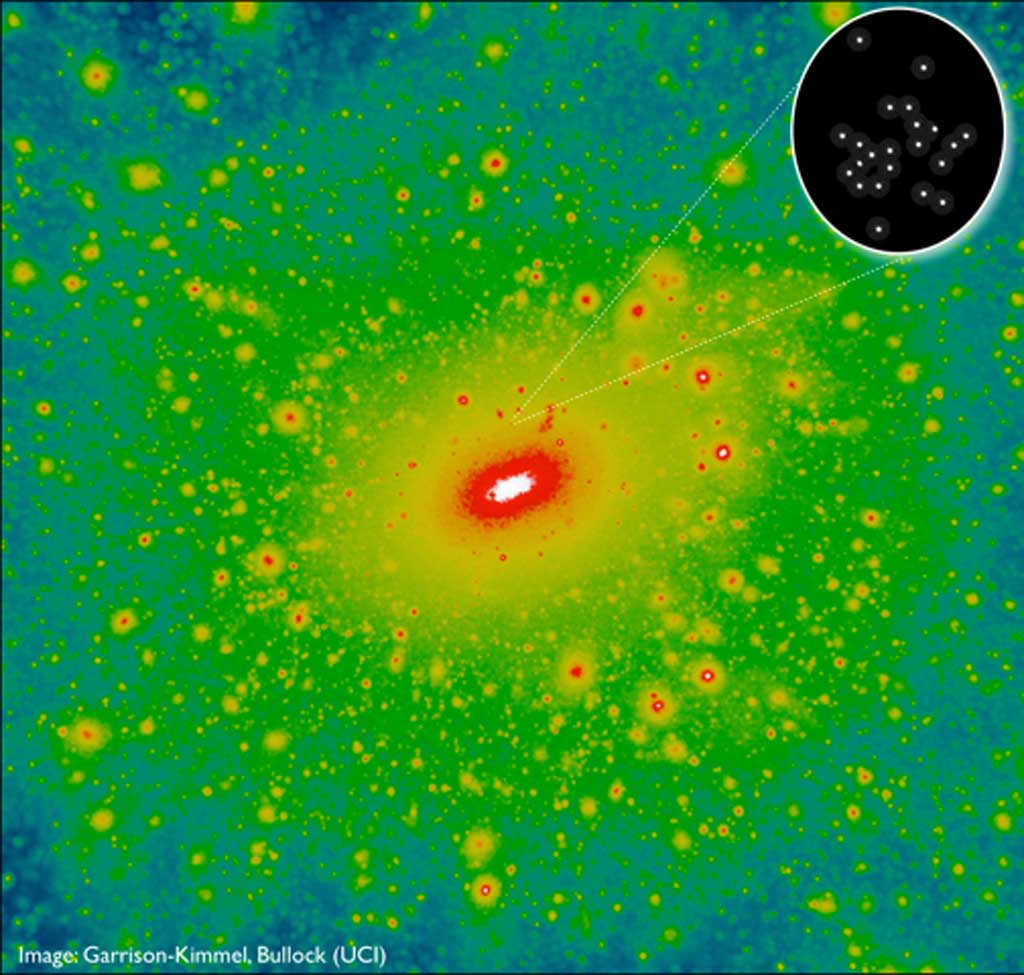
Segue 2 is a “space dwarf”, or more precisely, a dwarf (Garrison-Kimmel, Bullock / UCI)
Galaxies of any size and shape can also be categorized as radio galaxies. All galaxies emit radio waves, but only those that emit exceptionally strong radio waves are classified as radio galaxies. Some of the most powerful known radio galaxies include Swan A (3C 405), Centaurus A (NGC 5128), Virgo A (NGC 4486), and Furnace A (NGC 1316). Scientists came to the conclusion that the intense radio emission in the irregular galaxy M82 may be caused by a powerful explosion in its nucleus.
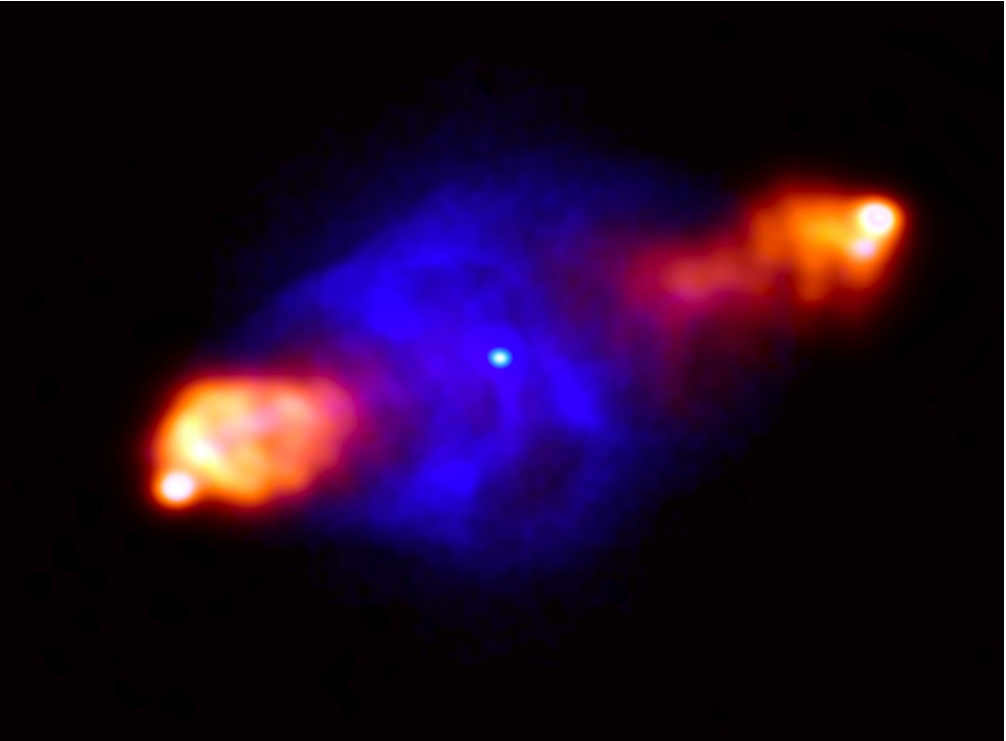
"Swan A," an intense emitter of radio waves (J. McKean and M. Wise / ASTRON)
There are two primary explanations as to how galaxies came into existence. The hierarchical hypothesis posits that galaxies originated when stars, which came about after the Big Bang, began to cluster together due to the force of gravity. On the other hand, advocates of the inflationary theory argue that galaxies and stars emerged simultaneously. They gradually took shape from the irregularities that materialized after the Big Bang. These irregularities then evolved into gas nebulae, from which galaxies eventually emerged. The transitional phase in this process is known as protogalaxies, which are massive clouds of interstellar gas comprised of 75% hydrogen and 25% helium. Gravity exerts its influence on a protogalaxy for billions of years until it fully develops into a mature galaxy.
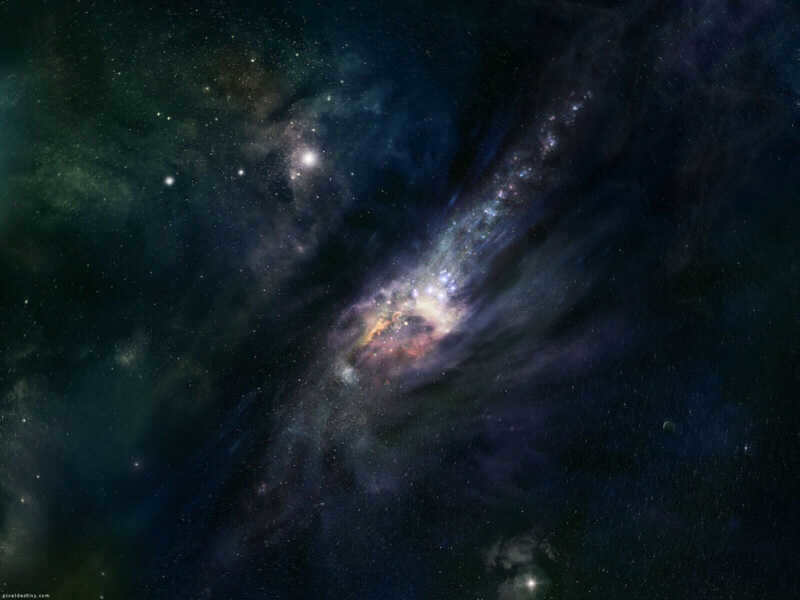
Imagine if you had knowledge of the composition of galaxies!
The development of galaxies is a topic that still lacks consensus among scientists. However, there is no longer any doubt that galaxies undergo multiple transformations throughout their lifespan. According to one theory, the life cycle begins with amorphous irregular galaxies that contain abundant reserves of essential materials such as gas and dust. Over time, these galaxies evolve into spiral-shaped formations. As the rate of star formation decreases, the spiral galaxies gradually transition into elliptical shapes until they eventually achieve a perfectly spherical form.
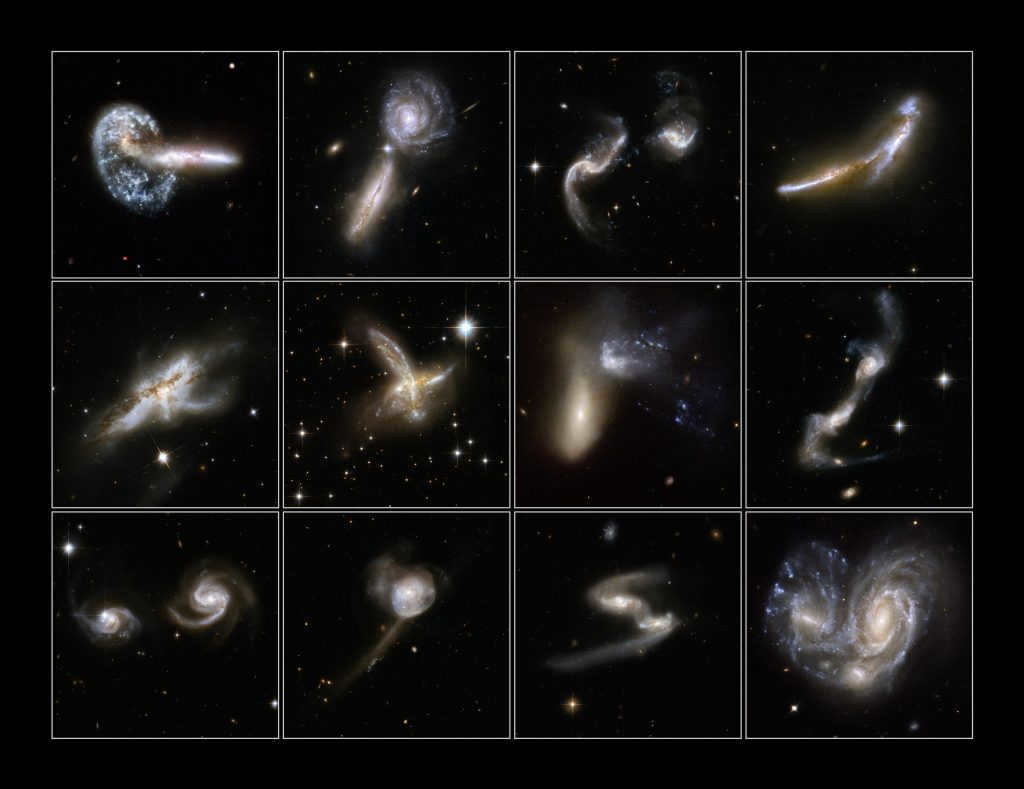
Galactic collisions occur frequently due to the constant and rapid movement of galaxies in different directions, as well as their tendency towards cosmic cannibalism. The larger the galaxy, the more likely it is to absorb its neighboring galaxies. The Andromeda Nebula and our own Milky Way are particularly known for their voracious appetite, as their strong gravitational pull attracts and devours nearby victims.
If a dwarf collides with a giant, it is likely that only remnants will remain – stellar streams and a memory jumper in the center of the devourer, if it happens to be spiral. Even if complete absorption is unsuccessful, there will still be traces of the interaction, such as the irregular shape of the Large and Small Magellanic Clouds (which are satellites of the Milky Way) – a result of our galaxy’s influence.
However, the mentioned spiral giants also attract each other: scientists estimate that in three billion years, the Milky Way and the Andromeda Nebula will collide and merge, forming a massive elliptical galaxy. The new cosmic formation will have an even greater appetite – as observed in the Centauri A galaxy, the “old guys” also enjoy consuming young spiral galaxies.
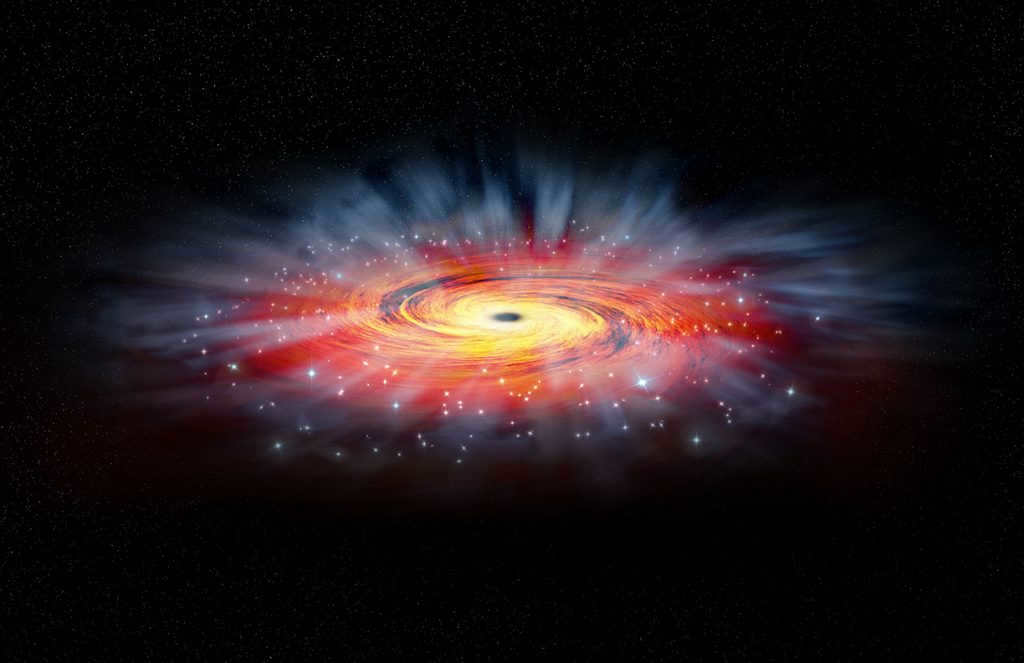
An artist’s perspective on the invisible and ravenous nature of supermassive black holes
Perhaps the cause of the constant hunger lies within the structure of the galaxies themselves, which possess an immense gravitational pull. Each galaxy is formed around a powerful source of gravity, typically a supermassive black hole located at its center. These celestial bodies have an attraction so strong that neither matter nor radiation can escape from them. For instance, the Milky Way harbors a black hole with a mass ranging from two to five million times that of our sun, which is not even close to the largest known black hole.
Scientists are still in the process of thoroughly investigating the formation of supermassive black holes. Currently, they can only determine their presence with relative accuracy by observing the center of galaxies using radio and infrared technology. However, there is one distinct feature that clearly indicates the presence of a black hole in a galaxy: a quasar.
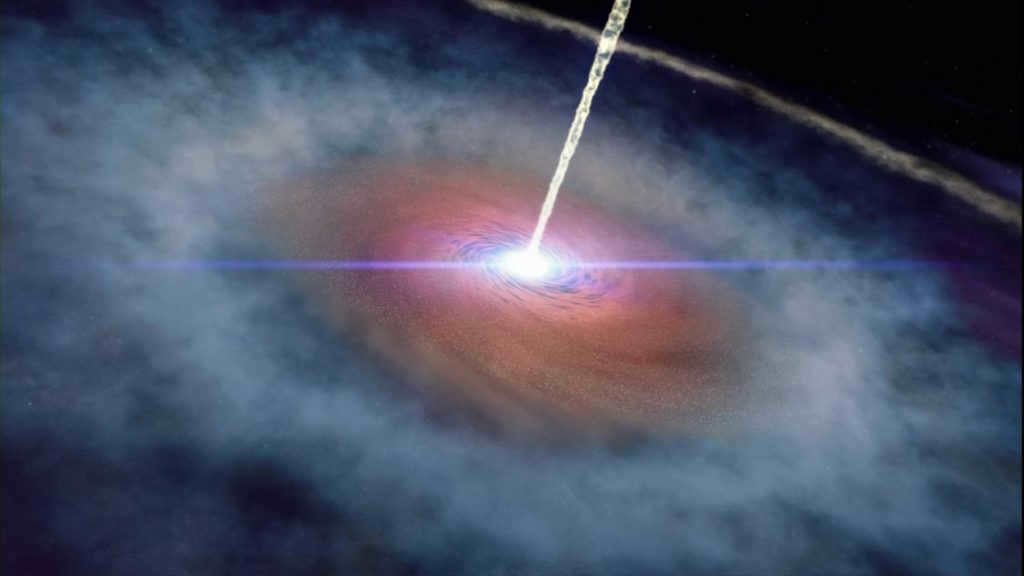
It is recommended to avoid crossing the trajectory of this beam
Quasars are believed to occur when galaxies merge. Supermassive black holes located at the cores of galaxies have such a strong gravitational pull that they attract stars with great intensity, resulting in the formation of a quasar. Quasars emit energy that is millions of times more powerful than the brightest stars, making their emissions easily detectable even in the visible spectrum. In addition to visible light, quasars emit radio waves, infrared, ultraviolet, X-rays, and gamma rays with extraordinary intensity.
The impact of black holes can also be observed in the existence of another type of galaxies – Seyfert galaxies, named after the scientist Carl Seyfert. These galaxies are characterized by an active core, emitting a radiation spectrum with numerous intense wide bands. These bands are a result of vigorous ejections of gas from the core, traveling at velocities reaching several thousand kilometers per second. Typically, Seyfert galaxies take the form of irregular or spiral galaxies.
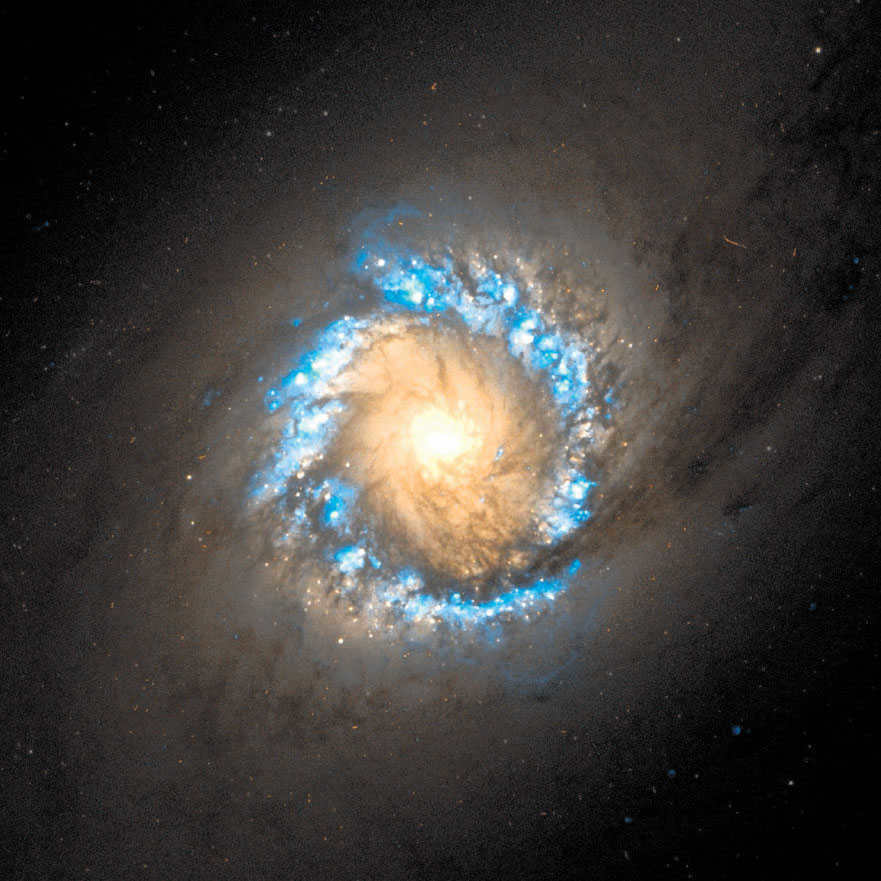
NGC 1097 experiences the emergence of fresh areas of star formation as a result of the depletion of its core.
However, it is not only black holes, quasars, and blazars that present a multitude of queries for scientists. Equally enigmatic is the existence of dark matter. The existence of dark matter was initially hypothesized by scientists due to the abnormally high velocities at which the outer regions of galaxies rotate. Dark matter is essentially invisible, as it lacks the ability to emit electromagnetic radiation or interact with it. Nevertheless, it possesses an immensely powerful gravitational influence that surpasses that of visible matter by many orders of magnitude. For instance, the elliptical galaxy NGC 1132 is encompassed by an immense halo of dark matter, the mass of which exceeds that of the galaxy itself by thousands of times.
Galaxy clusters exhibit a particularly pronounced effect from the presence of dark matter. This phenomenon was discovered through the implementation of gravitational lensing experiments. These experiments rely on the principle that any mass can warp the fabric of space, causing light rays to be bent and refracted. The resultant distortion observed in a cluster of galaxies is so significant that it is readily observable.
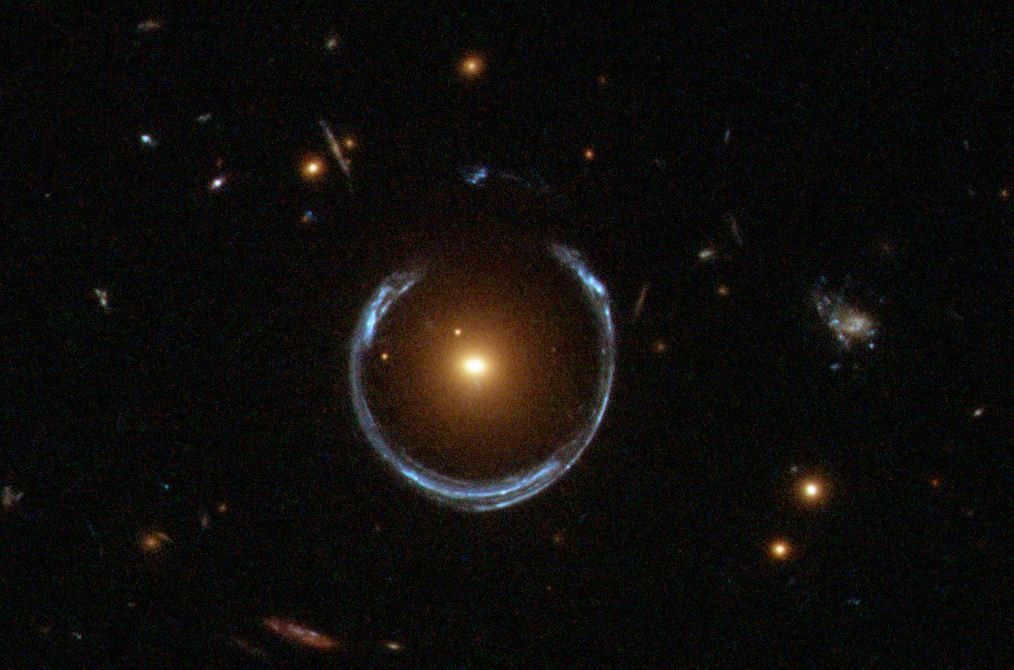
A massive cosmic lens
Moreover, galaxies would be unable to form without the presence of dark matter. The gravitational pull exerted by the remnants of matter from the Big Bang alone would not be sufficient. Overall, different types of dark matter account for 95% of the Universe’s mass. It acts as the binding force for galactic clusters and occupies the intergalactic space.
The ancient beings of the cosmos
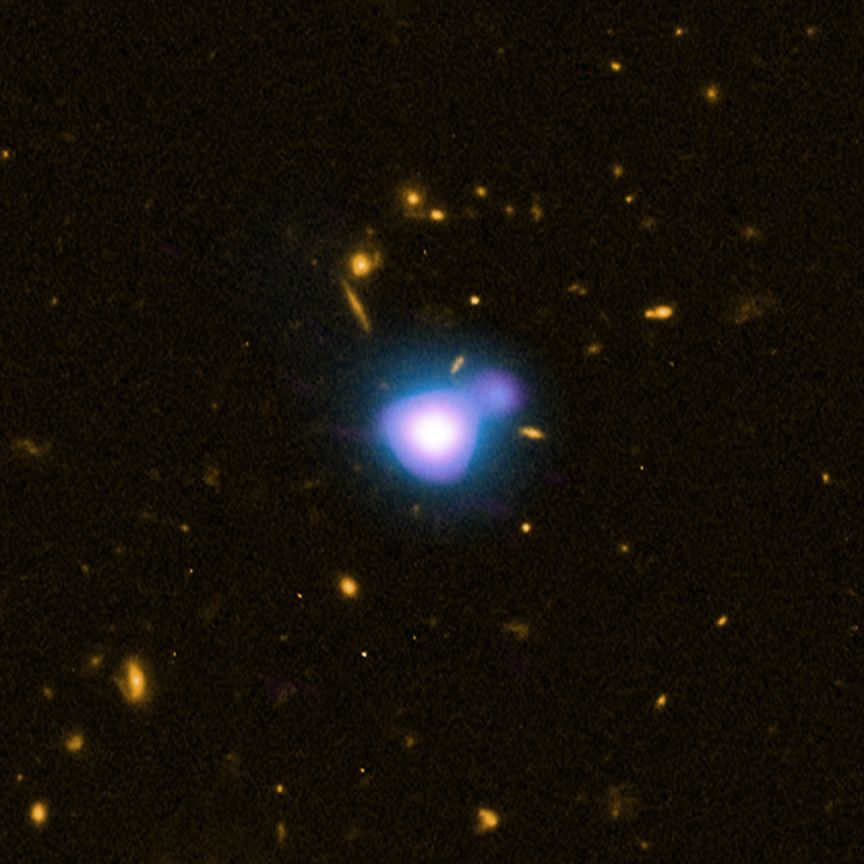
(Photo: NASA/CXC/NRC/C.Cheung et al; NASA/STScI; NSF/NRAO/VLA)
The age of the Universe, according to the standard cosmological model, is estimated to be 13.7 billion years. However, it is fascinating to consider that the light we see from quasar GB 1428, which originated from the oldest known supermassive black hole, has taken a staggering 13.2 billion years to reach Earth. This means that the black hole had already formed within a relatively short period of time, approximately 500 million years after the Big Bang. Such a rapid formation seems unlikely, as the quasar’s existence predates the discovery of the previous oldest quasar, which was estimated to be 12.4 billion years old.
Similar to how stars are grouped together in galaxies, galaxies themselves also form clusters known as galaxy clusters. These clusters are held together by the force of gravity and create a unified system. There are two types of clusters – regular clusters and irregular clusters. Regular clusters consist of elliptical and spiral galaxies, with giant elliptical galaxies located in the center. These clusters have a spherical shape. On the other hand, irregular clusters do not have a specific shape, contain fewer galaxies, and are mostly composed of spiral galaxies.
Our own galaxy, the Milky Way, is part of a larger group known as the Local Group. The Local Group consists of over sixty galaxies, and this number continues to grow as new discoveries are made by scientists. The Local Group itself is part of an even larger structure called the Virgo Local Supergroup. Other superclusters that are closest to us include the Hydra-Centaurus, Veronica’s Hair, Pisces-Perseus, Peacock-Indian, Phoenix, Serpentor, Hercules, Leo, Sculptor, and Shepley.
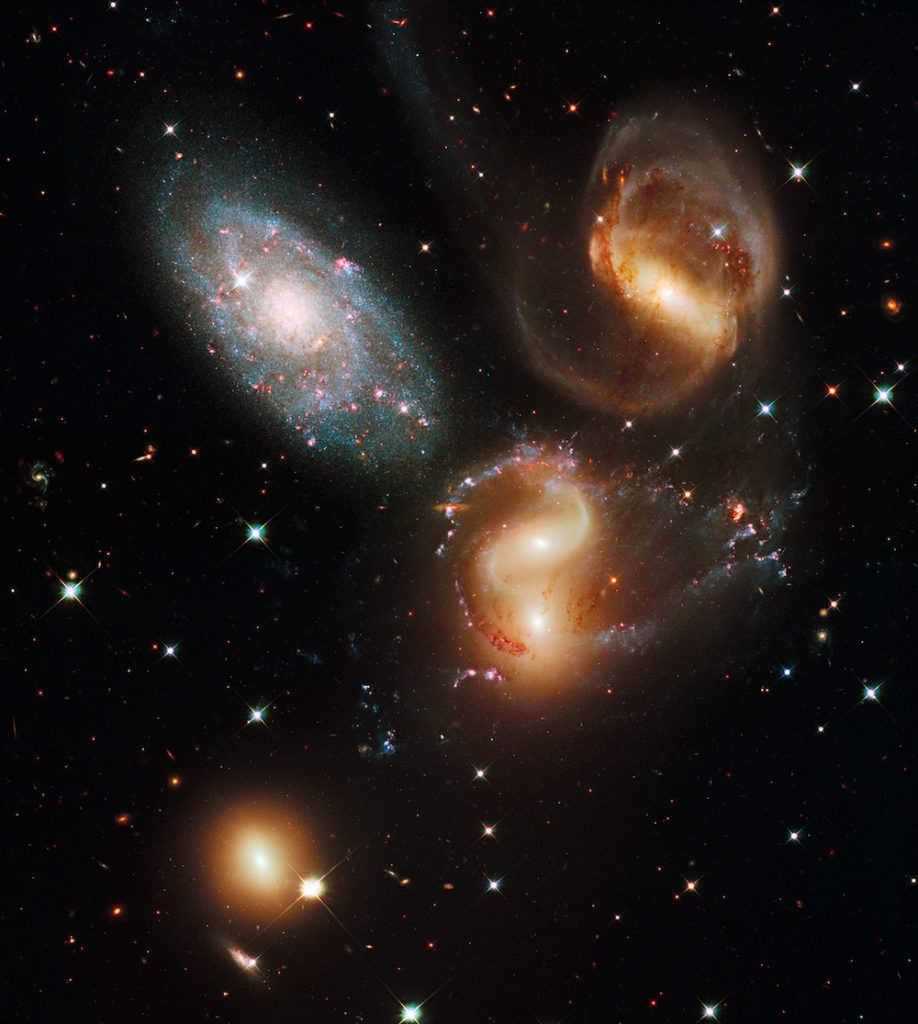
The Stephan’s Quintet, also known as The Magnificent Five, is a captivating example of galactic superclusters. This stunning formation, captured by NASA, ESA, and the Hubble SM4 ERO Team, showcases the intricate complexity of our universe.
For a long time, super clusters were believed to be the largest structural formations in the cosmos. However, recent research has revealed that they are just a fraction of a much larger network of galactic superclusters known as filaments. These filaments connect galaxies and create a vast cosmic tapestry.
In addition to filaments, scientists have also uncovered an astonishing phenomenon known as voyds. These immense voids are devoid of galaxies and stars, making them enigmatic expanses. It is speculated that voyds consist of dark matter and protogalactic clouds, further adding to the mysteries of our universe.
The filaments create “great walls” – relatively flat structures surrounded by howdahs. The biggest ones include the Hercules-Northern Corona Great Wall, the Sloan Great Wall, and the CfA2 Great Wall. The Hercules-Northern Corona Great Wall is currently the largest known, measuring 10 billion light years in length. Prior to its discovery in 2013, the Sloan Great Wall was considered the largest, but its size is much smaller, around a billion light years.
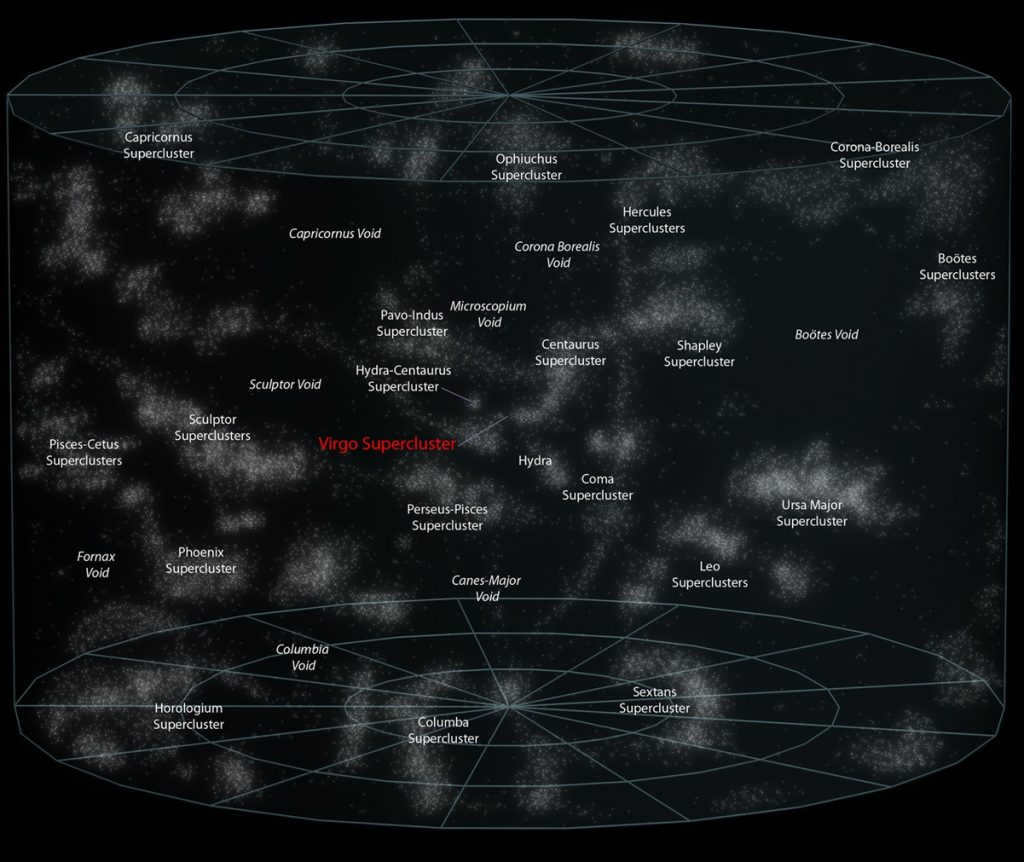
Discover your extraordinary alliance! (Photo: Andrew Z. Colvin)
Another vast structure in the cosmos is the Enormous Quasar Group (scientists don’t appear to be bothered to invent names), otherwise known as Enormous-LQG or U1.27, situated in the Leo constellation. It stands as the second most colossal cosmic superstructure, spanning 4 billion light-years in dimension.
By the way, if you observe depictions of galactic filaments, you may notice their striking resemblance to a network of neurons. However, there is likely a relatively straightforward explanation for this. It could be the most convenient form of association and interaction for the simplest components.
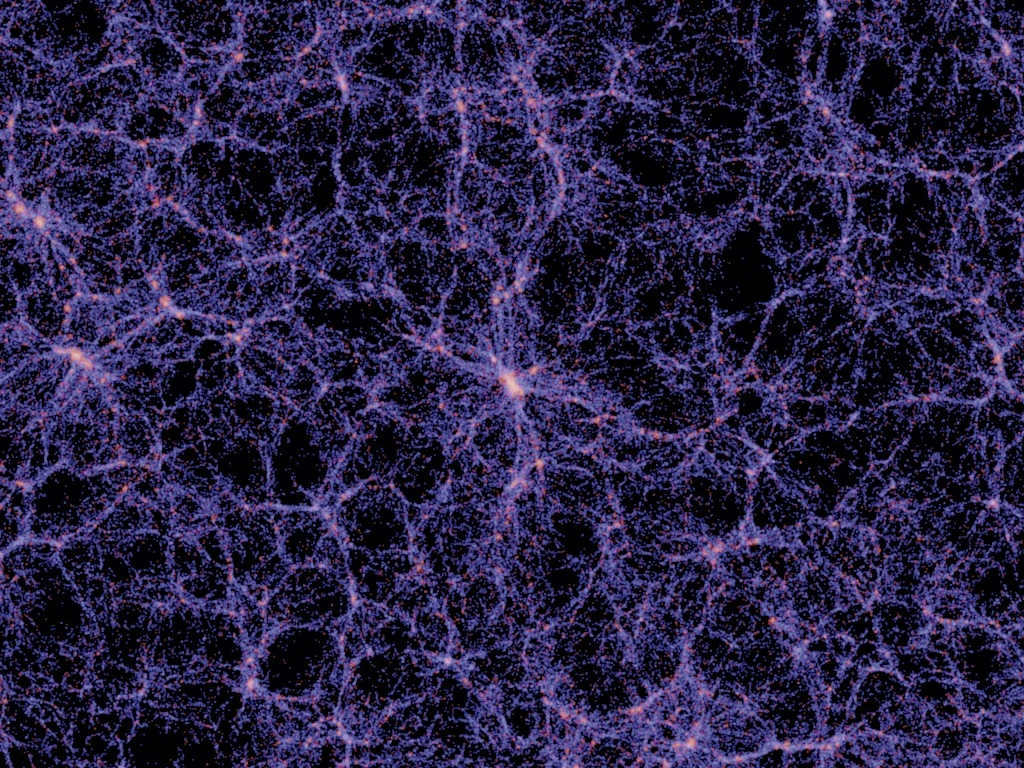
The absence of light emission indicates the presence of dark matter.
It is clear that humanity will not be able to venture beyond the boundaries of the solar system in the near future and personally observe distant celestial bodies. However, scientists are not discouraged by these limitations and continue to explore the far reaches of the Universe from the comfort of their seats. They rely on telescopes to assist them in this endeavor. Since cosmic objects emit various forms of radiation, the most comprehensive understanding can be achieved by combining multiple types of data, such as visible light, infrared, X-rays, ultraviolet, and gamma rays.
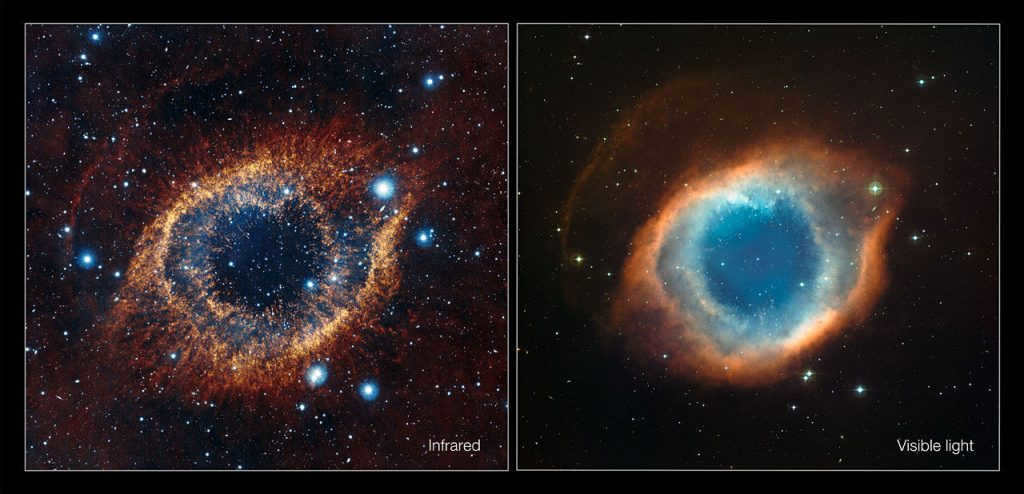
Galaxies have a preference for an infrared filter
The exploration of the Universe is most effectively carried out from beyond the confines of Earth, as its atmosphere restricts the passage of many forms of cosmic radiation. The largest and most renowned observatory in orbit is the Hubble Telescope, a collaborative venture between NASA and the European Space Agency. The “Hubble” enables the capture of images of truly astounding clarity, as they are unaffected by atmospheric distortion, resulting in a resolution 7-10 times greater than its counterparts. Recently, the telescope successfully captured images of galaxies that came into existence within the first billion years following the occurrence of the Big Bang.
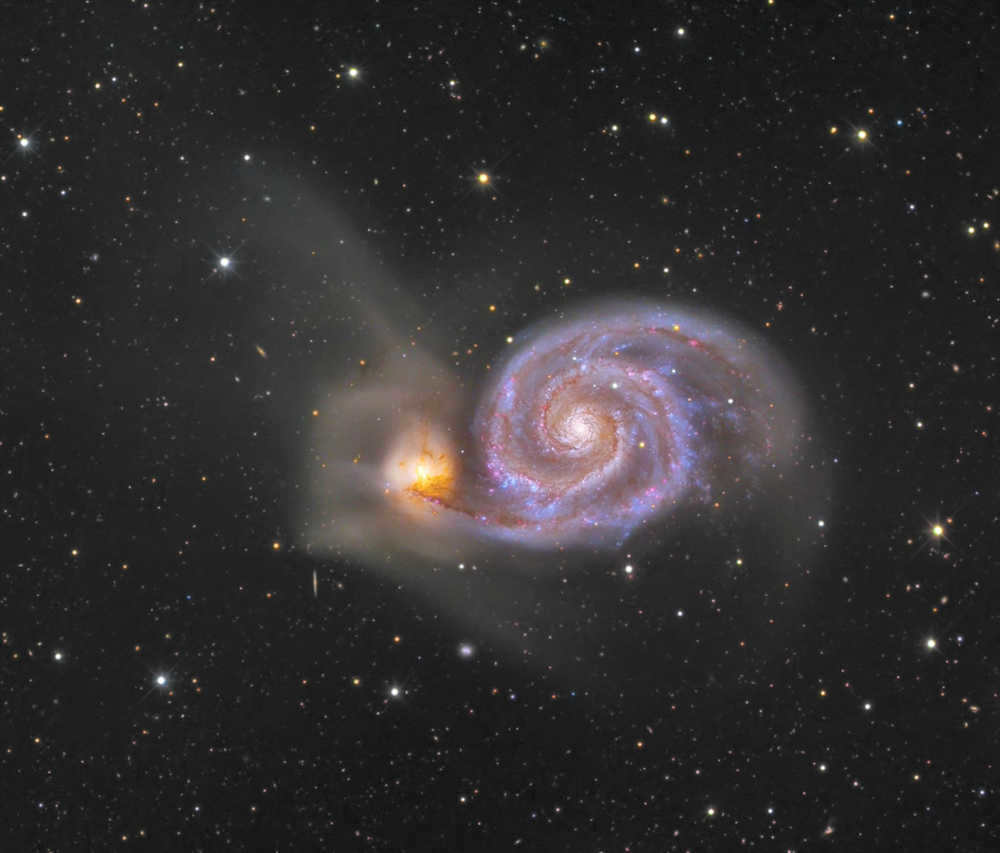
Hubble may have the most awesome images (Photo: NASA, ESA)
To capture not just visible light, but also what lies behind clouds of gas and dust, you require infrared telescopes. The biggest of these is the 4.1-meter VISTA at the European Southern Observatory, situated in Chile. Equipped with a 3-ton camera, VISTA captures wide-angle photographs of the sky.
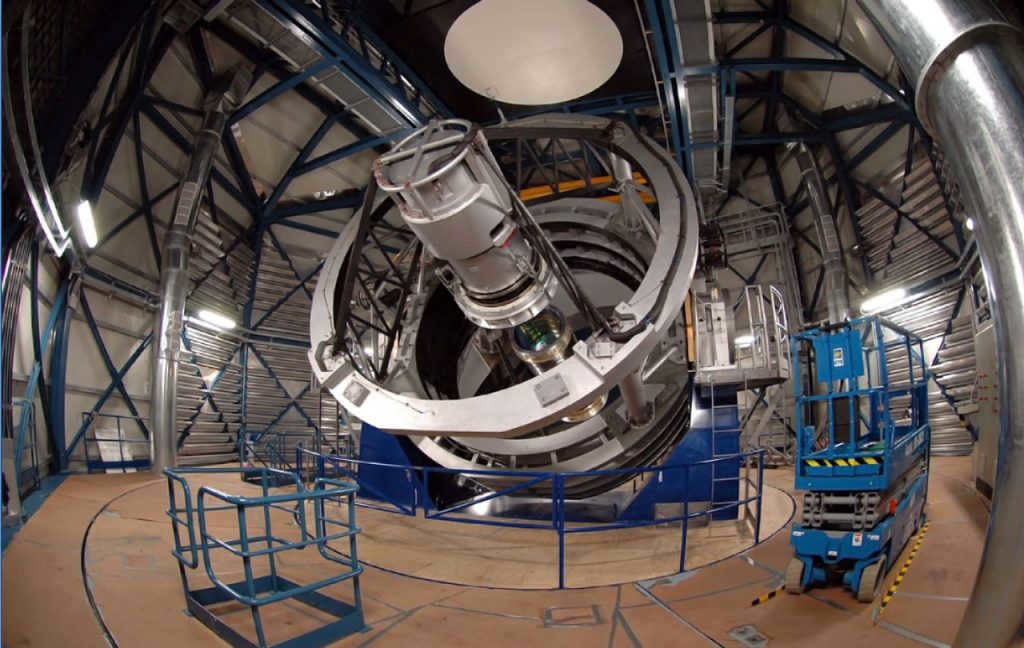
The VISTA telescope, which is located on the highest ground, is an impressive piece of technology (Photo: ESO)
By the way, the “Hubble” telescope, which is currently in orbit around Earth, will soon be replaced by the “James Webb” infrared telescope. One of the main differences between these two telescopes is the size of their mirrors, with the “James Webb” having mirrors three times larger than its predecessor, measuring 6.5 meters in diameter. The launch of the “James Webb” telescope is planned for 2021, and in another ten years, the European Space Agency is planning to send the largest X-ray satellite telescope, Athena, into space. Thanks to these advanced telescopes, scientists have made groundbreaking discoveries, such as double stars, pulsars, and active galactic nuclei. However, when it comes to spotting planets, these telescopes are not as effective, as the optical range and X-ray range of space differ significantly.
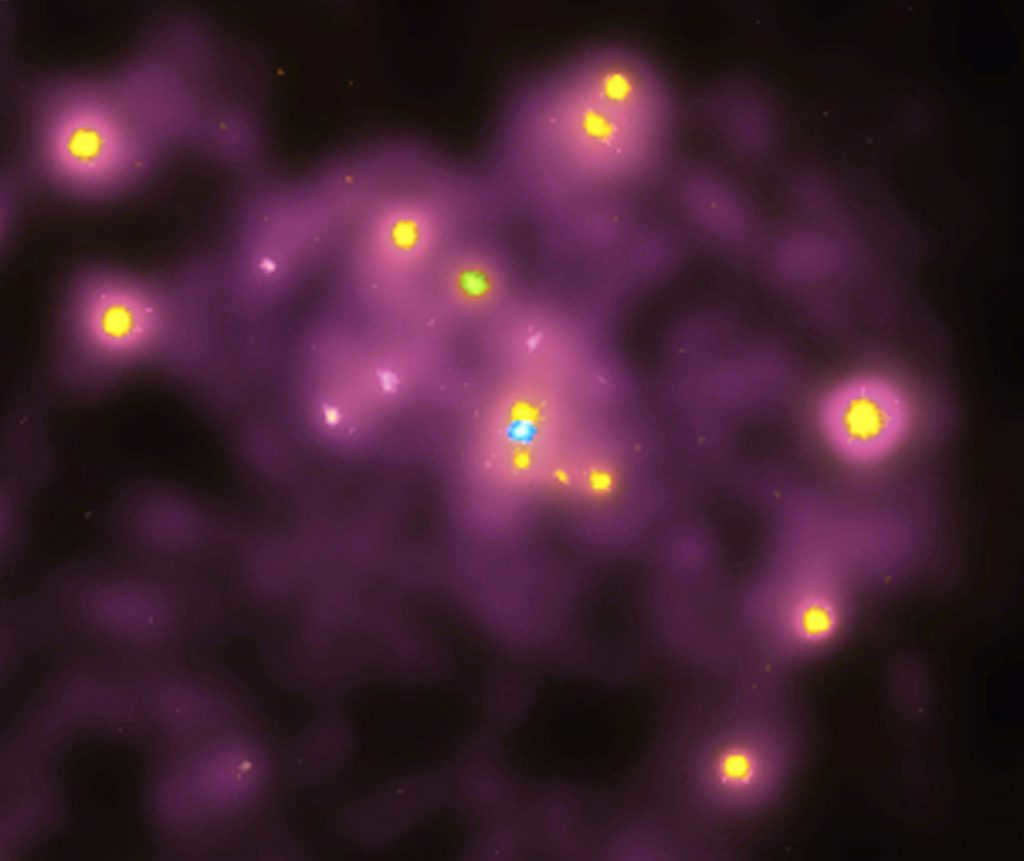
The center of the Andromeda Nebula as seen through infrared radiation (photo: S. Murray, M. Garcia, et al., Authors & editors: Robert Nemiroff (MTU) & Jerry Bonnell (USRA) NASA Technical Rep.: Jay Norris).
By the way, there are also natural telescopes that astronomers use with great enthusiasm. These telescopes are known as gravitational lenses and are actually more powerful than any man-made telescope. Additionally, they are completely free to use. Gravitational lenses can enhance brightness and magnify distant and faint objects. When combined with the capabilities of telescopes like Hubble, the results can be truly incredible.
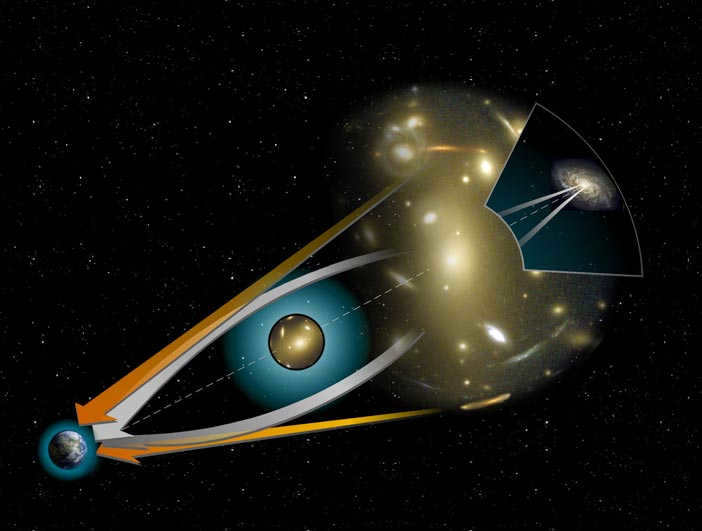
The phenomenon of gravitational lensing causes the light emitted from a remote object to be redirected, allowing us to observe said object.
Compilation of Stellar Data
Charles Messier, a French astronomer from the 18th century, had a deep fascination with comets. However, he often found himself confused by the presence of numerous stationary objects in the starry sky that could easily be mistaken for comets. In order to bring clarity to the situation, Messier decided to create a catalog that would encompass all the star clusters and nebulae he had observed. Unfortunately, the optical instruments available during that time did not possess high resolution capabilities, resulting in Messier’s catalog including a myriad of cosmic wonders such as distant galaxies, planetary nebulae, and various clusters. The initial edition of the catalog featured a compilation of 45 objects, but it was later expanded to 102 by the English astronomer William Herschel. The revised version of Messier’s catalog was first published in 1784. It is important to note that this catalog primarily consists of nebulae and clusters that are observable in the Northern Hemisphere, with some objects still being referred to by their catalog numbers.
Even now, both the Messier and NGC catalogs continue to serve as a valuable tool for amateur astronomers, providing them with a comprehensive “alphabet” of stars to aid in their initial forays into space.
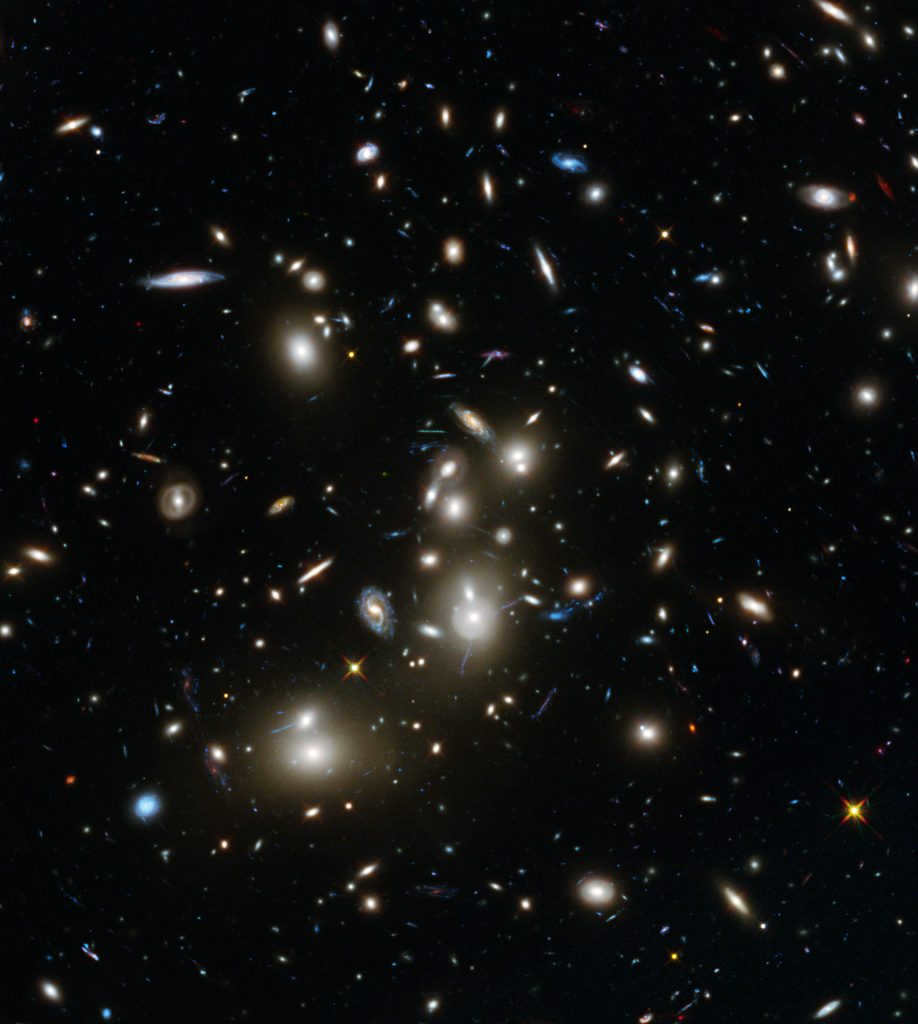
The enigmatic Pandora cluster observed through the lens of gravity (Image: NASA, ESA, and J. Lotz, M. Mountain, A. Koekemoer, and the HFF Team (STScI))
While we marvel at the stunning visuals of remote galaxies, it is important to remember their immense distance from us in both space and time. What we perceive is actually a voyage into the distant past, as light requires a significant duration to traverse from its origin to Earth. At present, these galaxies may appear vastly distinct, and any alterations may not become apparent until millions of years have elapsed. However, there may be a method to detect changes earlier. Science will not remain stagnant in the interim.
The universe surrounding us is more than just isolated stars, planets, asteroids, and comets shining in the dark expanse. Space is an immense network where all elements are interconnected. Planets gather around stars, which then come together in clusters or nebulae. These structures can consist of individual celestial bodies or can consist of hundreds or even thousands of stars, forming larger cosmic formations known as galaxies. The Milky Way Galaxy, our own stellar homeland, is just a fraction of the expansive cosmos that encompasses other galaxies.

The universe is in constant motion, with every celestial body belonging to a specific galaxy. Tracking the movement of stars and galaxies, each with its own unique size, position in the vast universe, and trajectory of motion, is a fascinating pursuit.
While scientists have been able to calculate the number of stars in the sky, determining the total number of galaxies in the Universe remains an incredibly challenging task, both from a technical and theoretical standpoint.
Throughout history, humanity’s understanding of the universe has revolved around the planets within our Solar System, the stars, and the enigmatic black holes that call our Milky Way galaxy home. Any other celestial objects observed through telescopes were immediately incorporated into our existing understanding of galactic space. Consequently, the notion that the Milky Way might not be the sole cosmic entity was never considered.

Due to limited technological capabilities, it was not possible to explore beyond the Milky Way, which was thought to mark the edge of the universe. However, in 1920, American astrophysicist Edwin Hubble provided evidence that the universe is much larger than previously believed. He discovered the existence of other large and small galaxies in this vast and infinite cosmos, alongside our own galaxy. There is no definitive boundary to the universe, with some galaxies located just a few million light years away from Earth, while others remain hidden in the farthest reaches of the universe.
It has been nearly a century since the discovery, and presently the count of galaxies is estimated to be in the hundreds of thousands. In comparison, our very own Milky Way appears rather insignificant, dare I say, minuscule. At present, we have come across galaxies of such immense proportions that their size presents a mathematical challenge. Take, for instance, the colossal galaxy IC 1101, which boasts a diameter of 6 million light-years and is comprised of over 100 trillion stars. This behemoth of a galaxy is situated more than a billion light-years away from our humble abode.
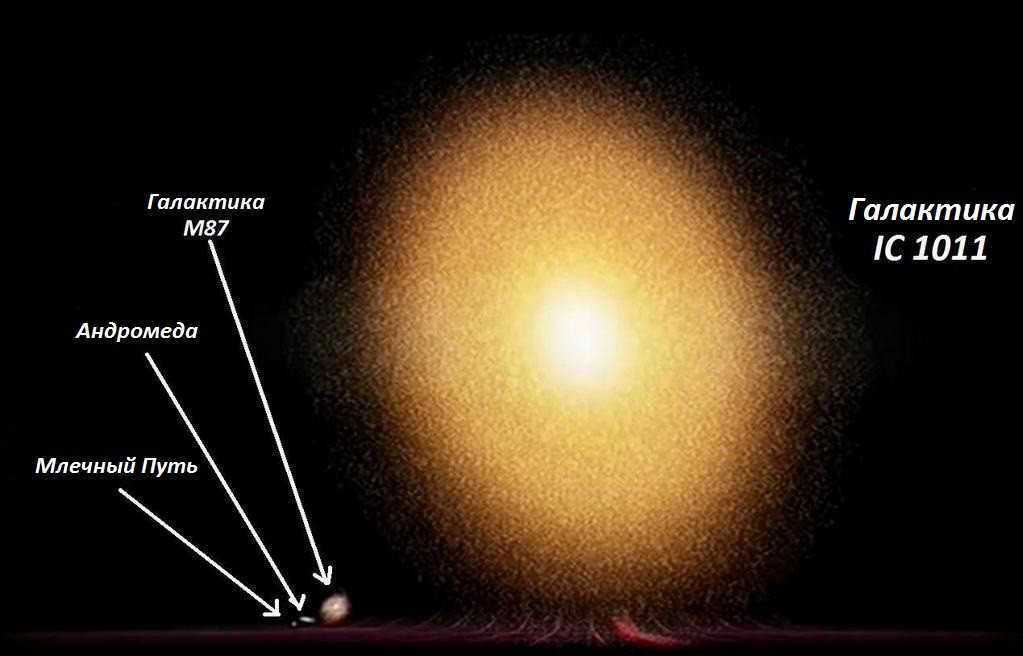
The structure of the Universe, which is an immense formation on a global scale, can be described as a network of voids and interstellar formations known as filaments. These filaments are further divided into superclusters, intergalactic clusters, and galactic groups. At the smallest level, we find galaxies, which consist of numerous star clusters, arms, and gas nebulae. It is widely believed that the Universe is in a state of constant expansion, causing galaxies to move at incredible speeds from the center of the Universe towards its outer edges.
Imagine that we are observing the cosmos from our Milky Way galaxy, which is often considered to be at the center of the Universe. In this scenario, the large-scale model of the Universe’s structure would take the following form.
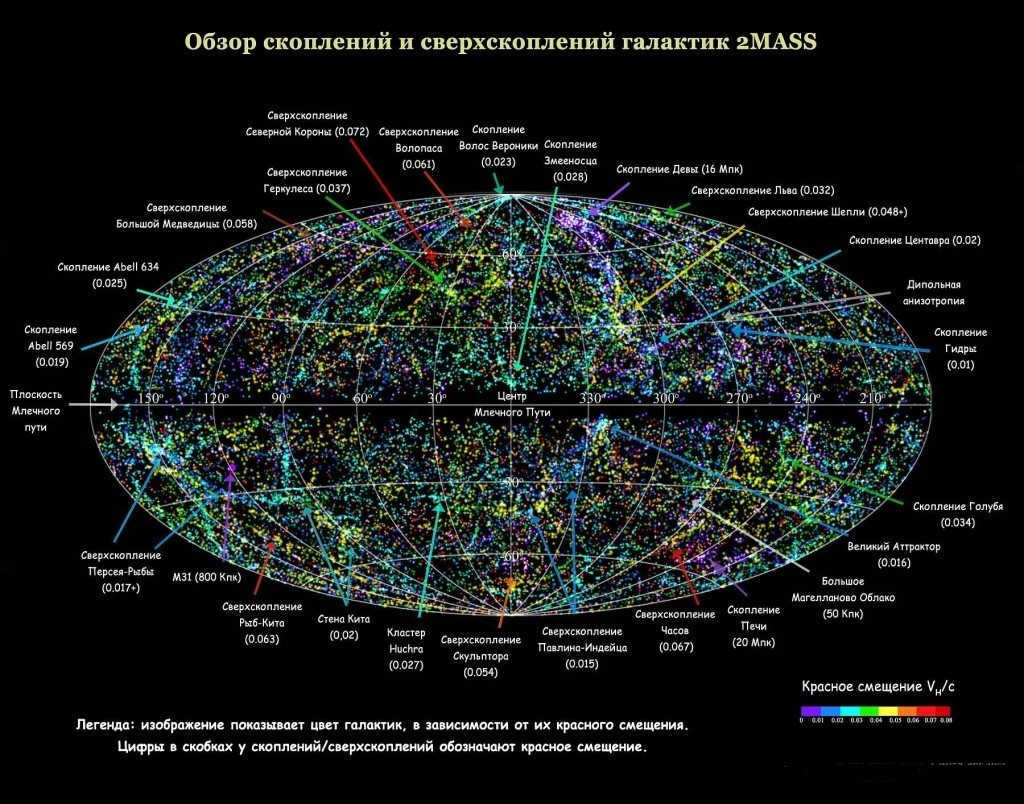
Dark matter, also known as the void, super clusters, galaxy clusters, and nebulae, are all outcomes of the Big Bang, which sparked the formation of the Universe. Over the course of a billion years, its structure undergoes a transformation, causing the shape of galaxies to change. Some stars vanish, being consumed by black holes, while others undergo supernovae and become new galactic entities. The arrangement of galaxies billions of years ago differed significantly from what we currently observe. Despite the ongoing astrophysical processes in the cosmos, we can draw certain conclusions that the structure of our Universe is not constant. All celestial objects are in perpetual motion, altering their position, size, and age.

Thanks to the Hubble telescope, astronomers, mathematicians, and astrophysicists have been able to create a comprehensive map of the Universe. This map has revealed the closest galaxies to us, allowing us to determine their size and understand their position in relation to our world. While there are individual galaxies, the majority of large universal objects are found in groups consisting of several dozen galaxies. On average, these groups have a size of 1-3 million light-years. The group that our Milky Way belongs to includes 40 galaxies. Additionally, there are numerous dwarf galaxies located in intergalactic space. Typically, these smaller formations are satellites of larger galaxies, such as our Milky Way, Triangle, or Andromeda.

Up until recently, the dwarf galaxy “Segue 2” was considered the smallest galaxy in the Universe. It is situated 35 kiloparsecs away from our star. However, Japanese astrophysical scientists discovered an even tinier galaxy in 2020 – Virgo I. Virgo I is a satellite of the Milky Way and is located 280 thousand light years away from Earth. Nevertheless, scientists argue that this is not the ultimate limit. It is highly likely that there are galaxies of much smaller sizes.
Clusters of galaxies are situated behind groups of galaxies. These clusters are vast regions of space that contain up to a hundred galaxies of various types, shapes, and sizes. The size of these universe formations is typically several megaparsecs in diameter.
An inherent characteristic of the Universe’s structure is its limited variability. Despite the tremendous velocity at which galaxies within the Universe traverse, they all persist as constituents of a unified cluster. This phenomenon is governed by the principle of spatial particle preservation, which is influenced by dark matter generated during the occurrence of the big bang. The prevailing belief is that, propelled by these dark matter-filled voids, clusters and groups of galaxies retain their coordinated motion in a shared trajectory lasting for billions of years, while maintaining close proximity to one another.
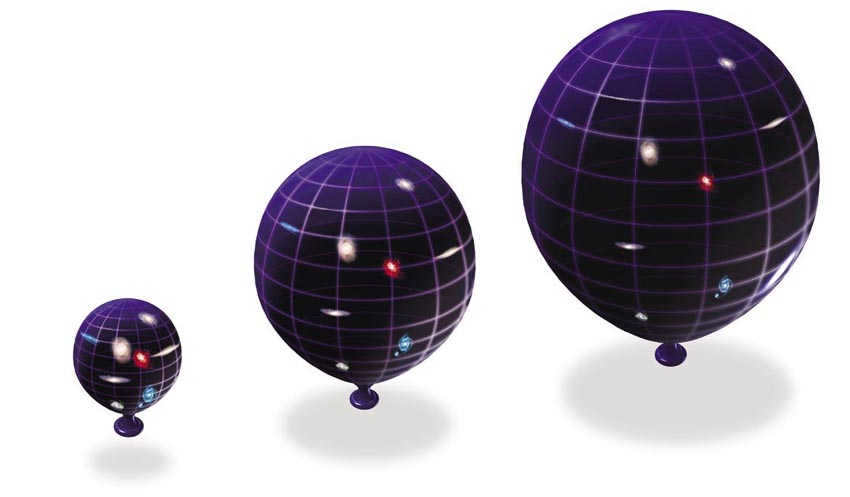
Galactic superclusters, which consist of groups of galaxies, are the largest structures in the Universe. One well-known supercluster is the Clowney Great Wall, an enormous object spanning 500 million light-years in length. This supercluster has a thickness of 15 million light-years.
Due to the limitations of current spacecraft and technology, we are unable to fully explore the depths of the Universe. However, we are able to observe superclusters, clusters, and groups of galaxies. Furthermore, the Universe contains vast voids and bubbles of dark matter.
Exploring the Universe: A Step-by-Step Guide
With the advancements in technology, we now have access to a modern map of the universe that not only helps us understand our position in space, but also provides valuable insights into the galaxies that exist. Thanks to powerful radio telescopes and the Hubble telescope, scientists can now estimate the number of galaxies in the Universe and identify their different types and variations. It was in 1845 that British astronomer William Parsons first discovered the spiral nature of galactic objects by studying the clouds of gas. He observed that the brightness of star clusters varied in different regions of the galaxies.
A century ago, scientists believed that the Milky Way was the singular galaxy in existence, despite mathematical evidence suggesting the presence of other intergalactic objects. This cosmic expanse earned its name from ancient astronomers who observed a distinct pattern among the countless stars in the nighttime sky. These astronomers noticed a concentrated cluster of stars arranged along an imaginary line that resembled the trail left by spilled milk. The Milky Way galaxy, along with the familiar Andromeda galaxy, were the initial celestial entities that sparked the study of outer space.
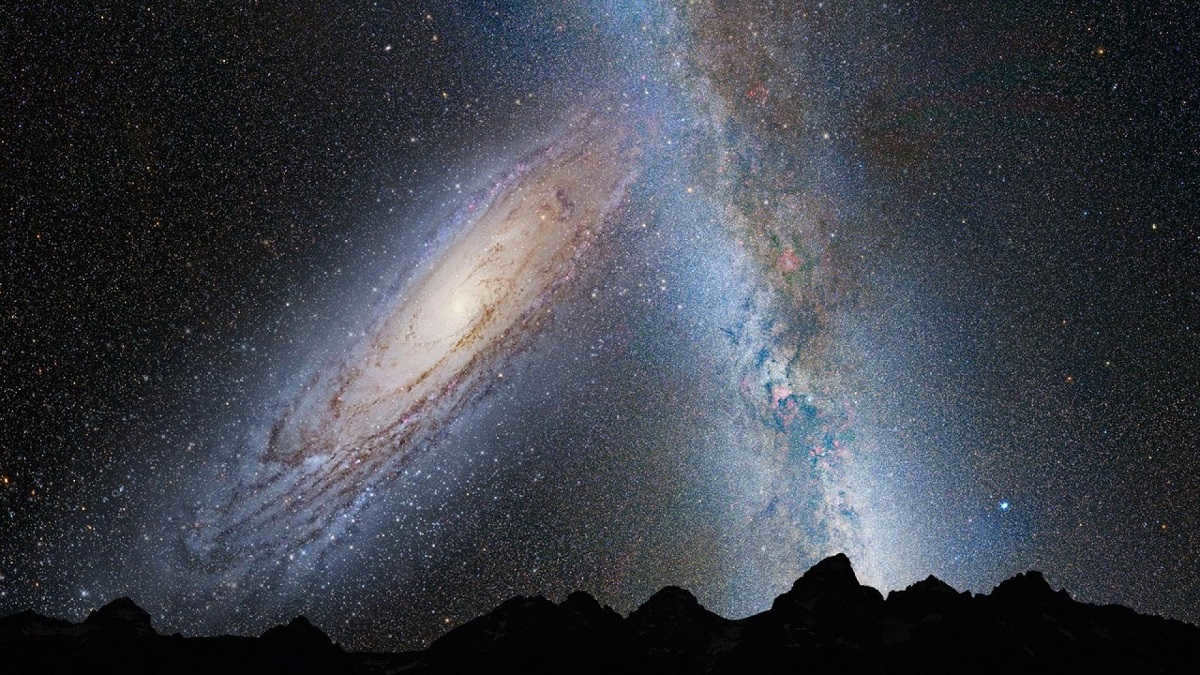
The Milky Way possesses a comprehensive collection of all the galactic entities that one would typically find in a galaxy. There are clusters and assemblages of stars, with an estimated total count ranging from 250 to 400 billion. Our galaxy contains gaseous clouds that form spiral arms, as well as its own set of black holes and solar systems similar to our own.
Simultaneously, the Milky Way, along with Andromeda and the Triangle, form just a fraction of the Universe, which is a component of the local cluster of superclusters known as Virgo. Our galaxy takes on a spiral shape where the majority of star clusters, gas clouds, and other celestial objects revolve around the central point. The outer spiral section spans a distance of 100,000 light-years. The Milky Way is not considered a large galaxy according to cosmic standards, boasting a mass of 4.8×1011 Mʘ. Within one of the arms of the Orion Swan lies our Sun. The distance from our star to the center of the Milky Way is approximately 26,000 ± 1,400 sv. years.
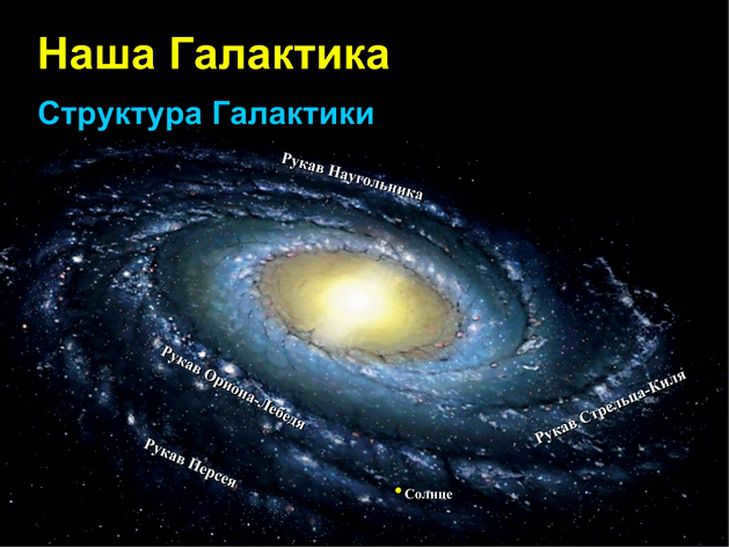
For a long time, astronomers believed that the Andromeda Nebula, which is highly popular among them, was a part of our own galaxy. However, further investigations of this region of space have provided undeniable proof that Andromeda is actually an independent galaxy, and it is much larger than the Milky Way. The use of telescopes has revealed that Andromeda possesses its own central core, as well as clusters of stars and spiraling nebulae unique to itself. With each attempt to delve deeper into the vastness of the universe, astronomers have explored immense stretches of outer space. It is estimated that this colossal cosmic entity contains a staggering one trillion stars.
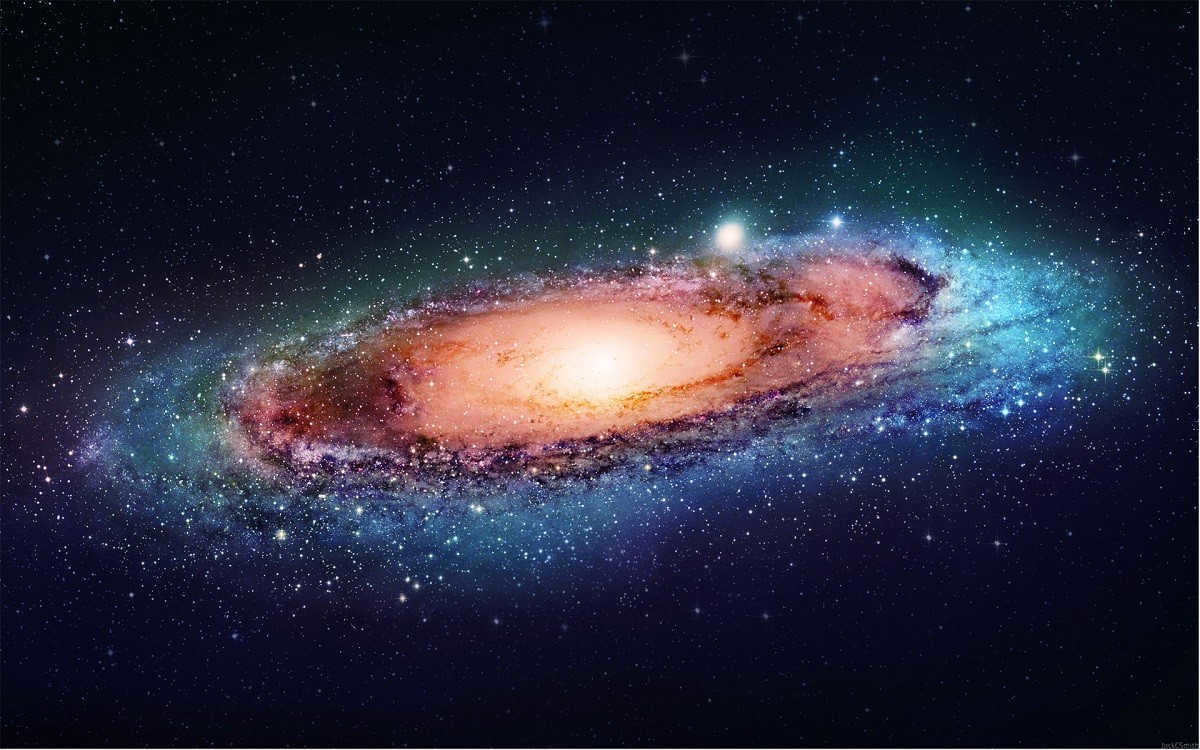
Classification of galaxies based on their shapes
In 1962, Hubble took the groundbreaking step of attempting to classify the galaxies known at that time. He based his classification on the shapes of the objects he studied. This led to the categorization of all galaxies into four distinct groups:
- Spiral galaxies, which are the most commonly observed type;
- Elliptical spiral galaxies, which are the next most prevalent;
- Bar galaxies;
- Irregular galaxies.
It is worth mentioning that our Milky Way is classified as a typical spiral galaxy, although there is one caveat. Recently, it has been discovered that there is a bar structure present in the central region of the galaxy. In other words, our galaxy does not originate from the galactic nucleus, but rather extends outward from the bar.
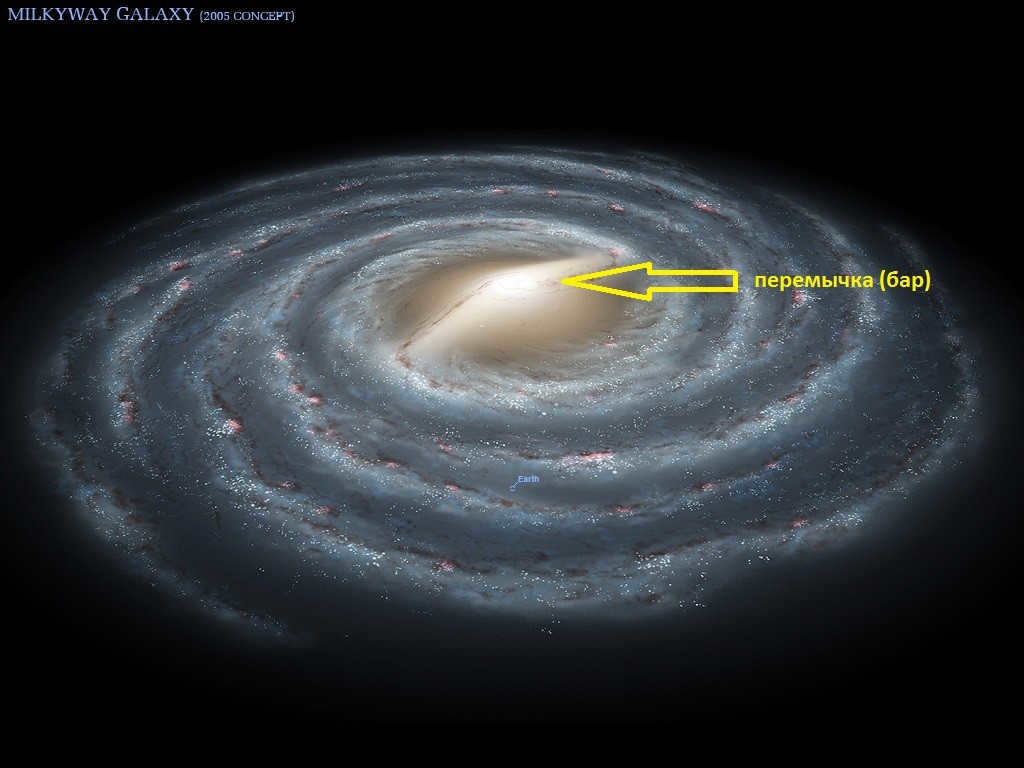
Typically, a spiral galaxy appears as a flat disk with spiraling arms and a prominent center known as the galactic nucleus. These galaxies are the most abundant in the universe and are classified as type S. Furthermore, spiral galaxies are further categorized into four subgroups – So, Sa, Sb, and Sc. The lowercase letters indicate the presence or absence of a bright nucleus and the density of the arms surrounding the central region of the galaxy. These arms contain star clusters, including our solar system, and other celestial objects.
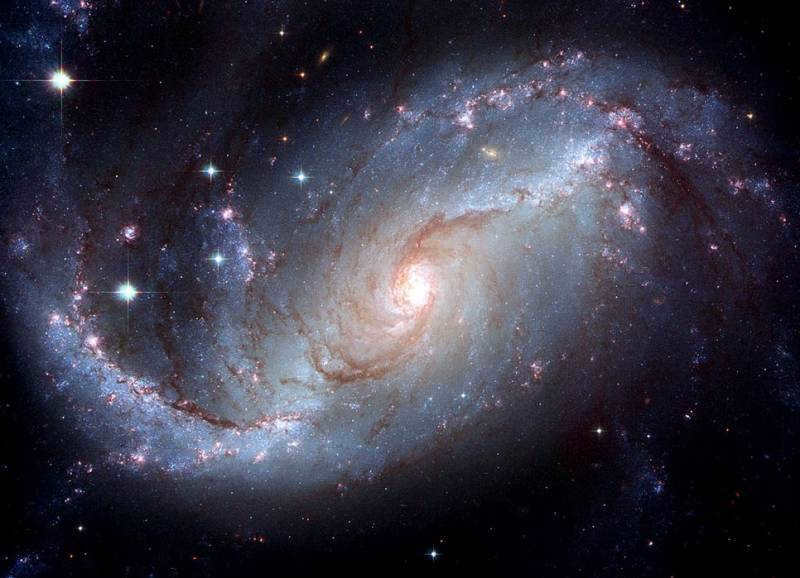
Elliptical spiral galaxies, similar in structure and composition to spiral galaxies, are found in the vast expanse of the Universe. These colossal cosmic entities encompass an abundance of superclusters, clusters, and groups of stars, surpassing tens of trillions in number. The distinctive feature of these formations lies in their elongated shape, which appears as an ellipsis when observed in space. Among the immense celestial bodies, the M87 elliptical spiral galaxy stands out as one of the largest.
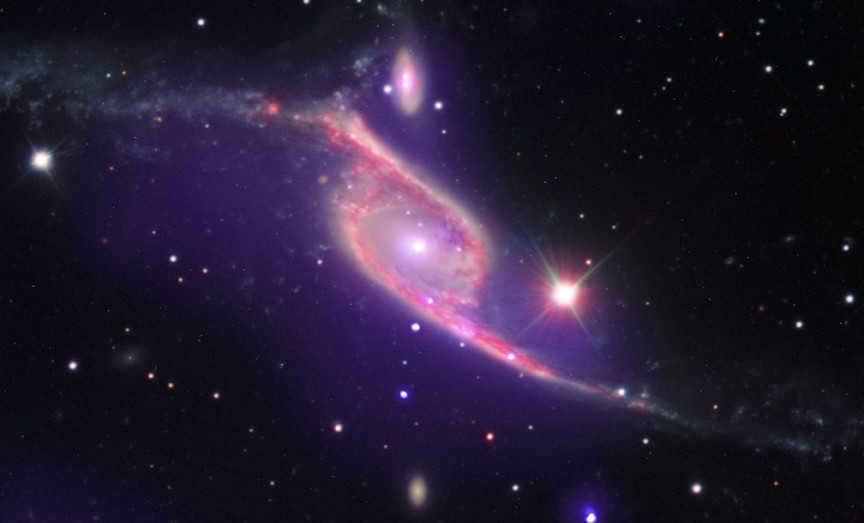
Galaxies with a junction are significantly less common. They make up approximately 50% of all spiral galaxies. Unlike spiral formations, these galaxies originate from a central cusp, known as a bar, which is formed by the two brightest stars. A notable example of this type of formation is the Milky Way and the Large Magellanic Cloud galaxy. In the past, this formation was categorized as an irregular galaxy. The appearance of the bar is currently a major focus of study in contemporary astrophysics. According to one theory, a nearby black hole draws in and absorbs gas from nearby stars.
The universe is home to some of the most stunning galaxies, with spiral and irregular galaxies taking the top spots. One particularly breathtaking galaxy is the Whirlpool Galaxy, situated in the Hound Dogs constellation. Its center and the spirals that surround it can be easily observed. Irregular galaxies, on the other hand, are composed of superclusters of stars that are arranged in a chaotic manner, lacking a distinct structure. NGC 4038, located in the Raven constellation, serves as a striking example of such a formation. Here, alongside massive gas clouds and nebulae, the arrangement of cosmic objects appears completely disordered.
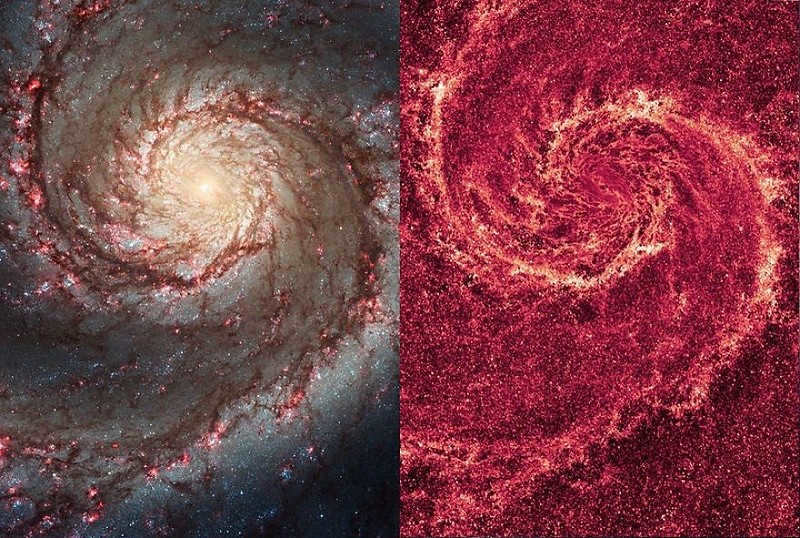
Final Thoughts
The exploration of the Universe is never-ending. With every new technological advancement, humanity uncovers more of the mysteries of the cosmos. Galaxies remain the most enigmatic entities in outer space, captivating both the human psyche and the scientific community.

Individuals with a basic understanding of the cosmos are well aware that the universe is in constant motion. With each passing second, the universe is expanding, growing larger and larger. However, comprehending the scale of these events and envisioning the structure of the Universe is quite challenging within the scope of human perception. Apart from our own galaxy, where the Sun resides and where we currently reside, there exist numerous other galaxies. The exact count of distant worlds remains unknown, as the number of galaxies in the Universe can only be approximated through the creation of a mathematical model of the cosmos.

Space and the various worlds that encompass us
The galaxy we inhabit, which is aptly called the “Milky Way”, was once believed by numerous scientists to be the focal point of the entire universe. However, it has been discovered that our galaxy is merely one piece of the vast Universe, which is filled with diverse galaxies of varying types and sizes, ranging from immense to minuscule, some situated at great distances while others are relatively nearby.
In the vast expanse of the universe, every celestial object is intricately connected, moving in a precise harmony and occupying its designated position. The familiar planets, stars, and even the enigmatic black holes that we are acquainted with, along with our very own solar system, are all situated within the bounds of the Milky Way Galaxy. This name is not coincidental. Even the ancient astronomers, who gazed up at the night sky in awe, likened the expanse of space surrounding us to a magnificent milky pathway, with countless stars resembling drops of creamy milk. The Milky Way galaxy, along with the celestial bodies that grace our view, collectively form the immediate realm of our cosmos. As for what lies beyond the reach of our telescopes, only in the twentieth century did we begin to unravel those mysteries.
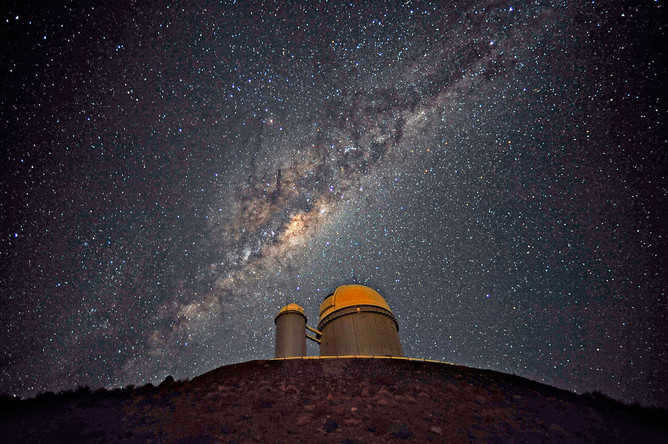

Further discoveries that expanded our understanding of the universe to the size of the Metagalaxy have led scientists to formulate the Big Bang theory. This monumental event took place nearly 15 billion years ago and marked the beginning of the universe’s formation. During this process, one form of matter gave way to another. The first building blocks of the universe – protogalaxies composed of stars – emerged from dense clouds of hydrogen and helium. All of this occurred in the distant past. The light emitted by the countless celestial bodies visible in our most powerful telescopes is nothing more than a farewell message. Many, if not billions, of the stars that adorn our sky are located billions of light-years away from Earth and have long since ceased to exist.
A visual representation of the Universe: closest and most distant celestial objects.
Our solar system and other cosmic entities observed from Earth are relatively recent formations in the vast expanse of the Universe. For a significant period of time, scientists held the belief that the closest galaxy to the Milky Way was the dwarf galaxy known as the Large Magellanic Cloud, situated a mere 50 kiloparsecs away. However, it is only recently that the true neighbors of our galaxy have been discovered. Within the constellations of Sagittarius and Canis Major, there exist diminutive dwarf galaxies that possess a mass approximately 200-300 times less than that of the Milky Way, and are located at a distance just over 30-40 thousand light years.
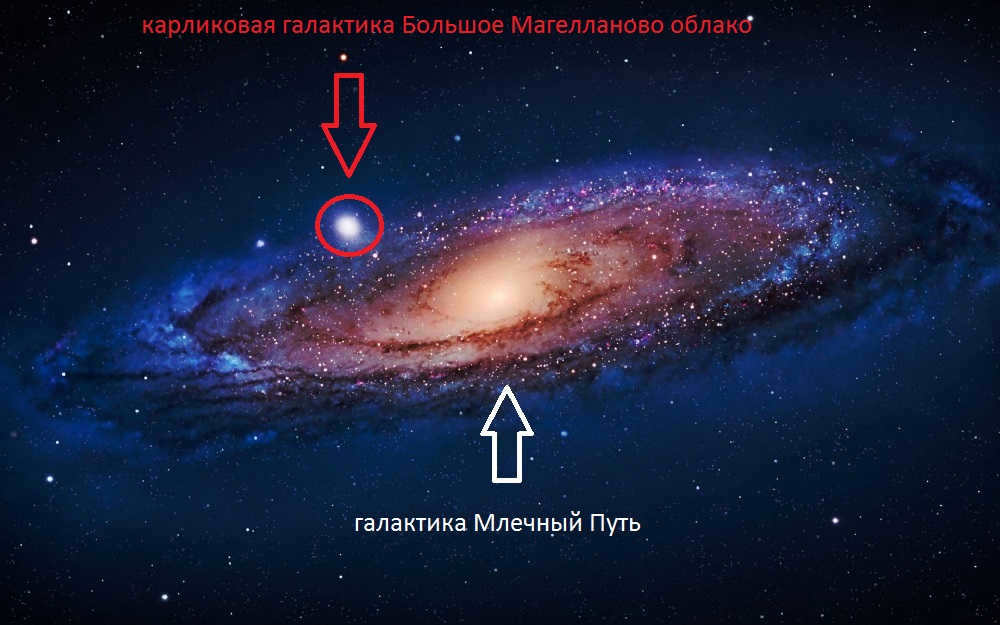
These are a few examples of the smallest objects in the universe. In these galaxies, there is a relatively low number of stars, typically around a few billion. Generally, dwarf galaxies either gradually merge with or are absorbed by larger formations. The expanding universe, with a speed of 20-25 km/s, inevitably leads neighboring galaxies to collide. Speculation is all we have when it comes to predicting when and how these collisions will occur. Galaxy collisions are constantly happening, but due to the fleeting nature of our existence, we are unable to observe the events firsthand.
Situated over a distance of more than a hundred million light-years, this colossal spiral galaxy boasts a colossal diameter of over 6 million light-years. Despite being home to an astonishing 100 trillion stars, the galaxy primarily consists of enigmatic dark matter.
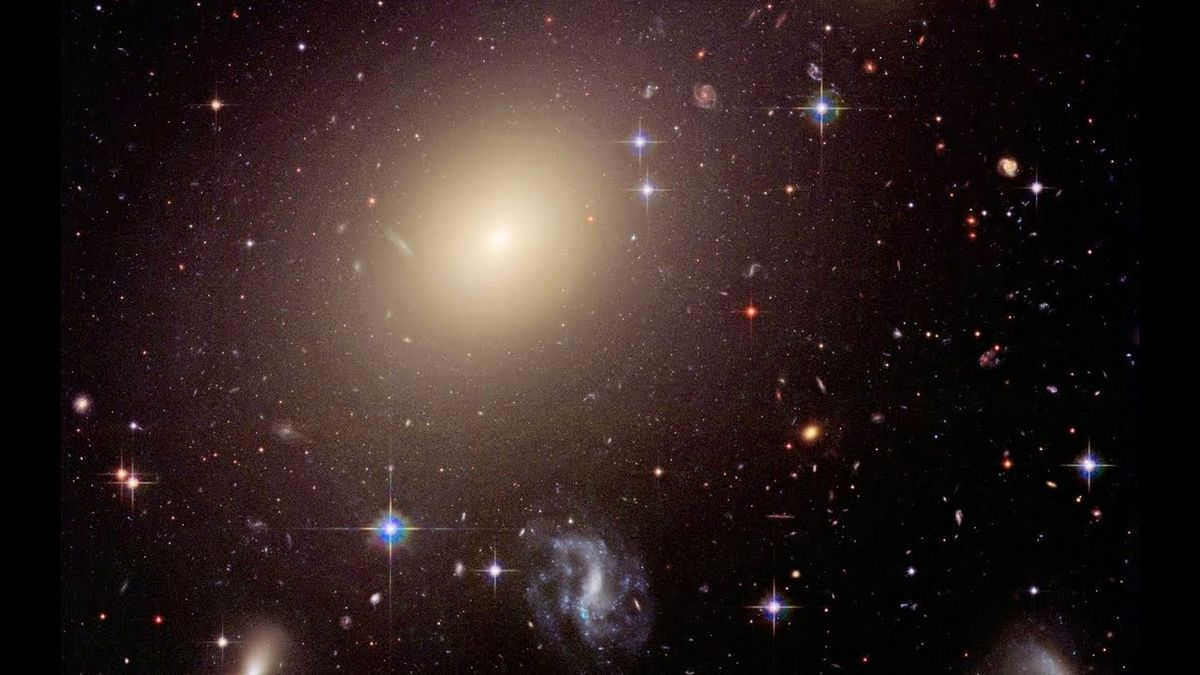
Astrophysical Characteristics and Classifications of Galaxies
The initial investigations of the cosmos, conducted in the early 20th century, provided ample food for thought. The space nebulae observed through the lens of the telescope, which eventually numbered over a thousand, were the most intriguing entities in the Universe. Initially, these luminous spots in the nighttime sky were believed to be gas clusters that formed part of our galaxy’s structure. However, in 1924, Edwin Hubble successfully measured the distance to a star cluster and nebula, leading to a groundbreaking revelation: these nebulae are actually distant spiral galaxies, independently traversing the vast expanse of the Universe.
An initial proposal by an American astronomer posited that our Universe is comprised of a vast array of galaxies. As space exploration progressed throughout the final quarter of the 20th century, data obtained from spacecraft and advanced technologies, such as the renowned Hubble telescope, substantiated these conjectures. It became evident that space is boundless, and our own Milky Way galaxy is by no means the largest nor the central entity within the Universe.

Only when advanced technological means of observation became available did the Universe begin to assume a definite form. Scientists were faced with the realization that even galaxies, as vast as they are, can vary in terms of their structure, shape, and size.
Thanks to the efforts of Edwin Hubble, the world now has a organized classification system for galaxies, categorizing them into three distinct types:
Elliptical and spiral galaxies are the most prevalent types. This includes our own Milky Way galaxy, as well as our neighboring Andromeda galaxy and numerous other galaxies throughout the universe.
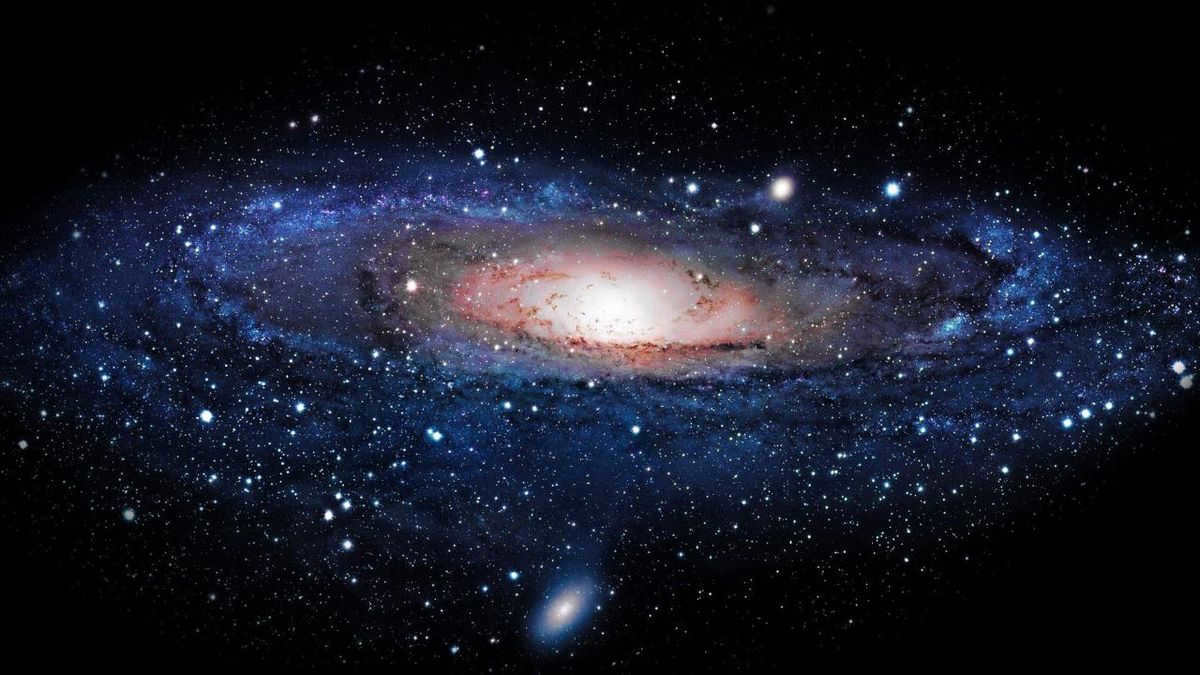
Elliptical galaxies have an elliptical shape and are elongated in one direction, constantly changing their form. These objects come in various sizes and lack the distinct center that spiral galaxies possess. The core is absent in these structures.
According to their classification, these galaxies are denoted by the Latin letter E. Currently, elliptical galaxies are categorized into subgroups E0-E7, with the distribution determined by their configuration, ranging from nearly round galaxies (E0, E1, and E2) to highly elongated objects with indices E6 and E7. Within the elliptical galaxy family, there exist both dwarf galaxies and true giants with diameters spanning millions of light-years.
Spiral galaxies encompass two subtypes:
The initial classification includes the following characteristics. In terms of shape, these galaxies bear a resemblance to a typical spiral, however, they possess a central bar or lintel which gives rise to the arms. The presence of these bars is typically the result of physical processes that divide the core of the galaxy into two sections due to centrifugal forces. Some galaxies even have two central nuclei, which form a tandem within the central disk. When these nuclei merge, the bar disappears and the galaxy returns to a normal state with a single center. Our Milky Way galaxy contains one of these bars, located within one of its arms where our solar system resides. According to modern estimates, the distance from the Sun to the center of the galaxy is approximately 27 thousand light years. The width of the Orion Swan arm, which houses our Sun and planet, is estimated to be 700 thousand light years.
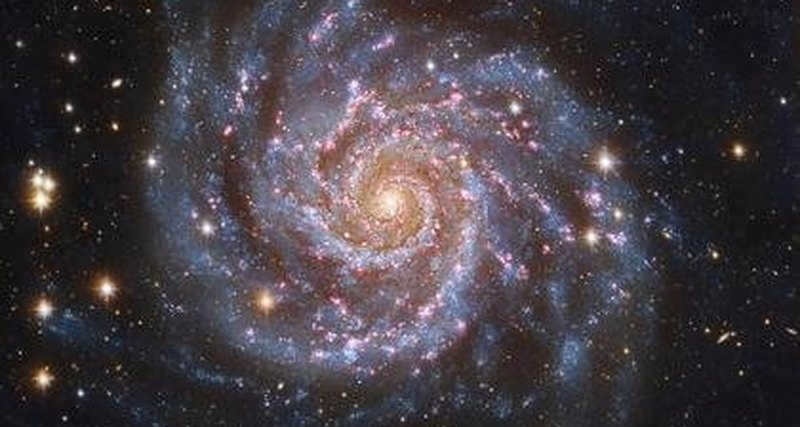
In accordance with the classification system, spiral galaxies are identified by the Latin letters Sb. Various other designations for spiral galaxies exist depending on the subgroup, such as Dba, Sba, and Sbc. The distinctions between these subgroups are determined by factors such as the length and shape of the bar, as well as the arrangement of the arms.
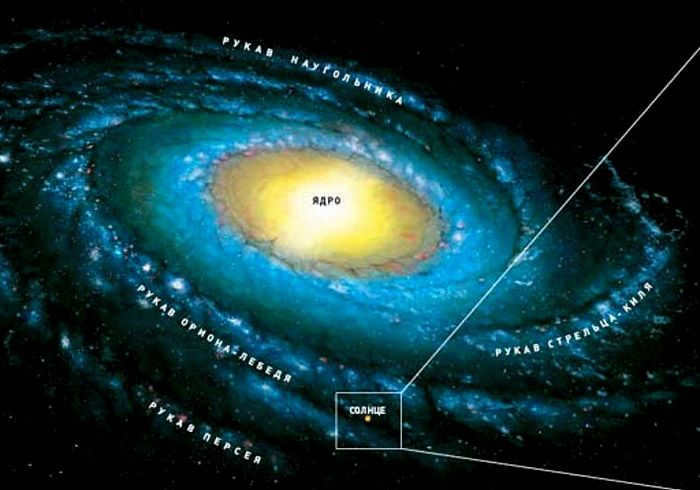
Spiral galaxies come in different sizes, ranging from 20,000 light-years to 100,000 light-years in diameter. Our Milky Way galaxy falls into the category of medium-sized galaxies, known as the “golden mean”.
Irregular galaxies are the least common type. These cosmic entities consist of vast clusters of stars and nebulae, lacking a distinct shape and structure. They are classified as Im and IO galaxies. Typically, Im galaxies lack a visible disk or possess a weakly defined one. They are often observed as wisps or tendrils. IO galaxies, on the other hand, represent a disorganized assemblage of stars, gas clouds, and dark matter. The Large and Small Magellanic Clouds are prominent examples of this galaxy group.
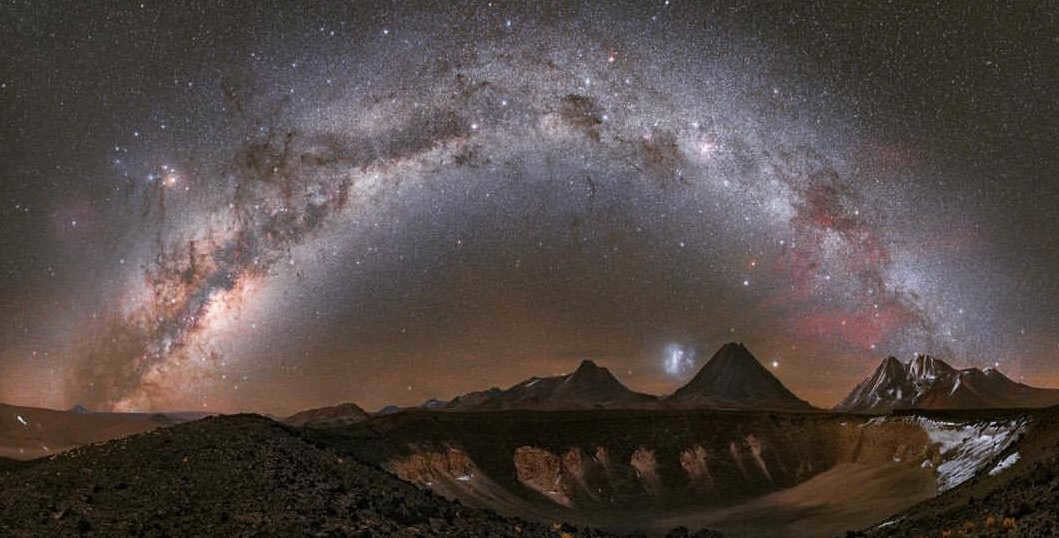
Every galaxy, whether it be regular or irregular, elliptical or spiral, is composed of billions upon billions of stars. The vast expanses that exist between these stars, along with their accompanying planetary systems, are occupied by enigmatic substances such as dark matter and clouds of cosmic gas and dust particles. Nestled within these interstellar voids reside black holes, both large and small, which disrupt the serene harmony of the cosmos.
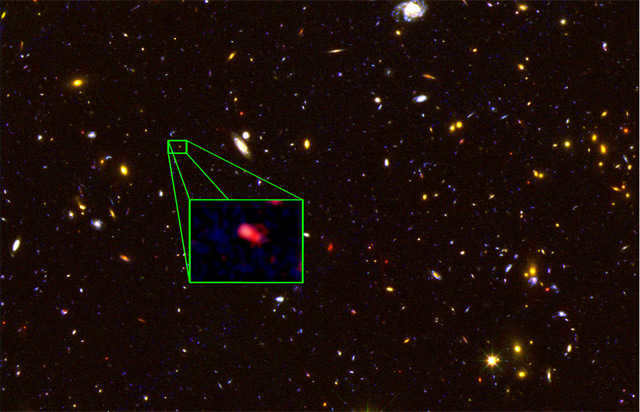
Based on available classification and research findings, we can confidently assert that the number of galaxies in the Universe and their types can be determined. The Universe is predominantly populated by spiral galaxies, which comprise over 55% of all universal objects. On the other hand, elliptical galaxies make up only 22% of the total number. Irregular galaxies, such as the Large and Small Magellanic Clouds, account for a mere 5% of the Universe. While some galaxies are situated in close proximity to us and can be observed using the most advanced telescopes, others are located in the farthest corners of space, where dark matter prevails and the lens reveals the vast expanse of the cosmos in all its darkness.
Examining Galaxies Up Close
Every galaxy is a member of a specific group, which is commonly referred to as a cluster in the field of modern science. One such cluster is the Milky Way, which contains around 40 known galaxies. This cluster itself is a component of a supercluster, a larger assemblage of galaxies. Our planet, along with the Sun and the Milky Way, resides within the Virgo supercluster. This is our exact cosmic location. Within the Virgo cluster, there are over two thousand other galaxies, including elliptical, spiral, and irregular ones.

Astronomers currently rely on a map of the Universe to gain insight into its appearance, shape, and structure. This map reveals that clusters of galaxies are distributed around voids or bubbles composed of dark matter. It is conceivable that these dark matter bubbles also contain some form of matter. One possibility is antimatter, which, in a different frame of reference, defies the laws of physics and can form structures similar to those seen in the Universe.
The current and forthcoming condition of galaxies
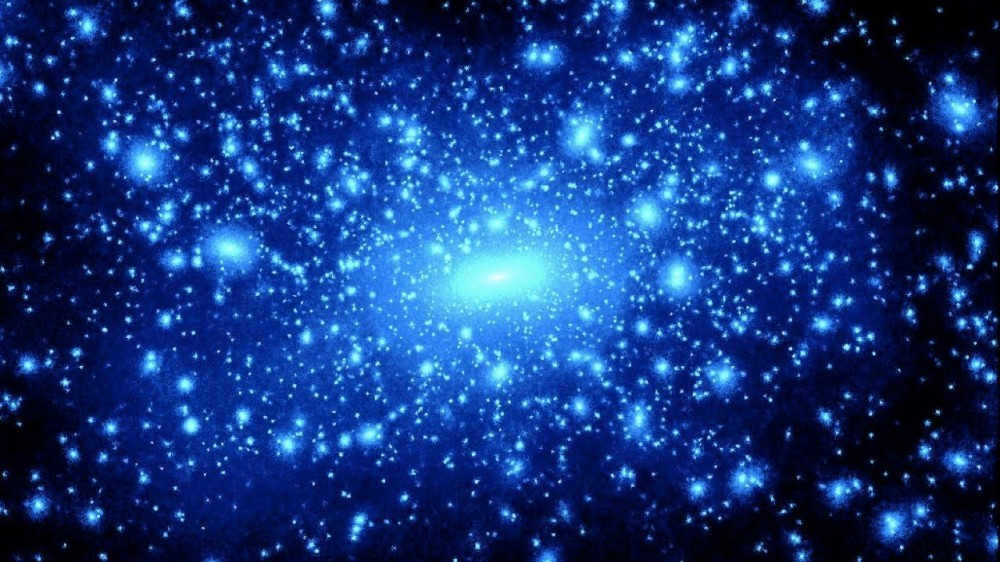
Scientists posit that creating a comprehensive depiction of the Universe is an unattainable feat. Our understanding of the cosmos is limited to the visual and mathematical information at our disposal. The true enormity of the universe is beyond the reach of our imagination. The celestial bodies we observe through telescopes are actually the light emitted billions of years ago. It is plausible that the present-day reality is vastly different. The magnificent galaxies that once adorned the Universe may have already transformed into desolate and unsightly conglomerations of celestial dust and enigmatic dark matter.
